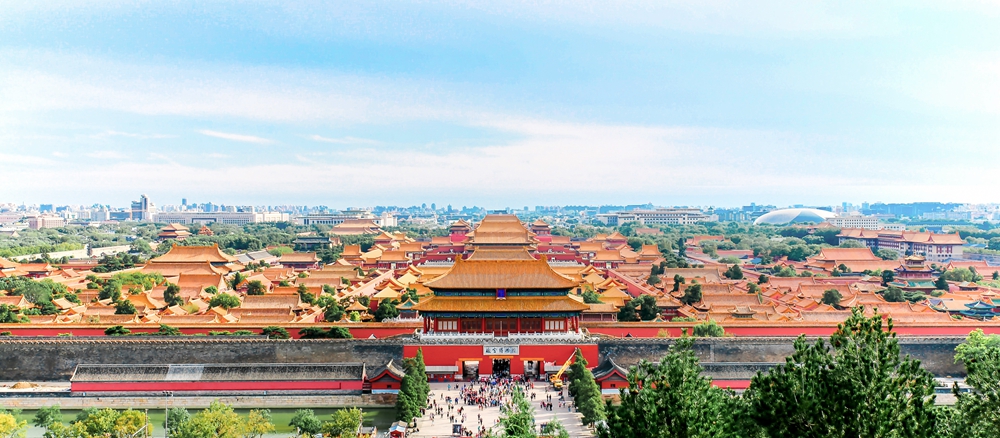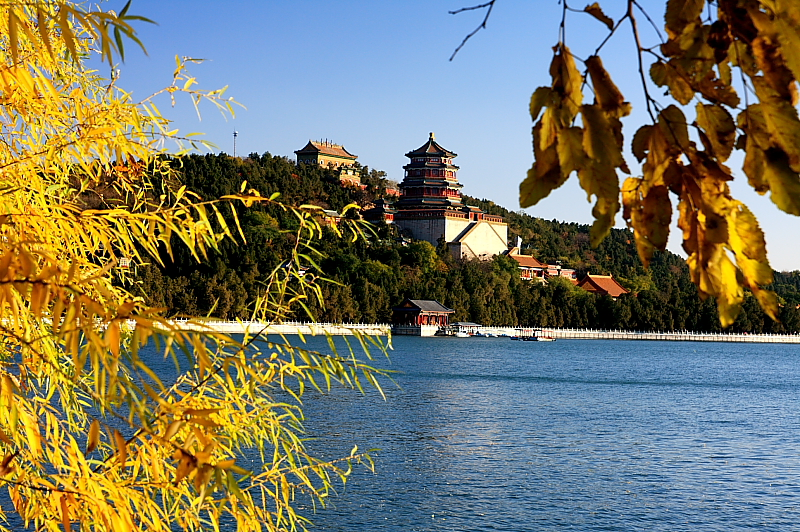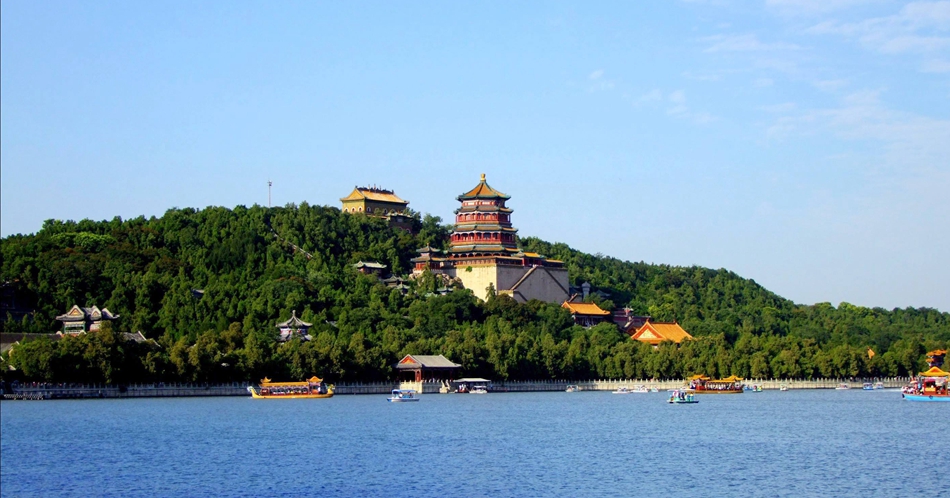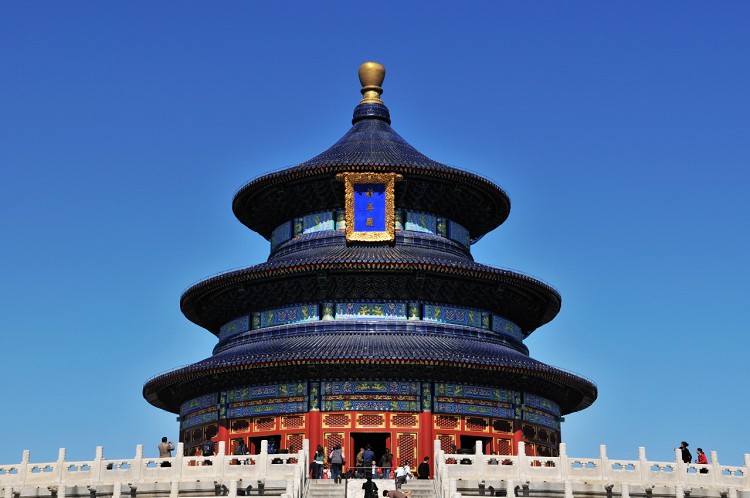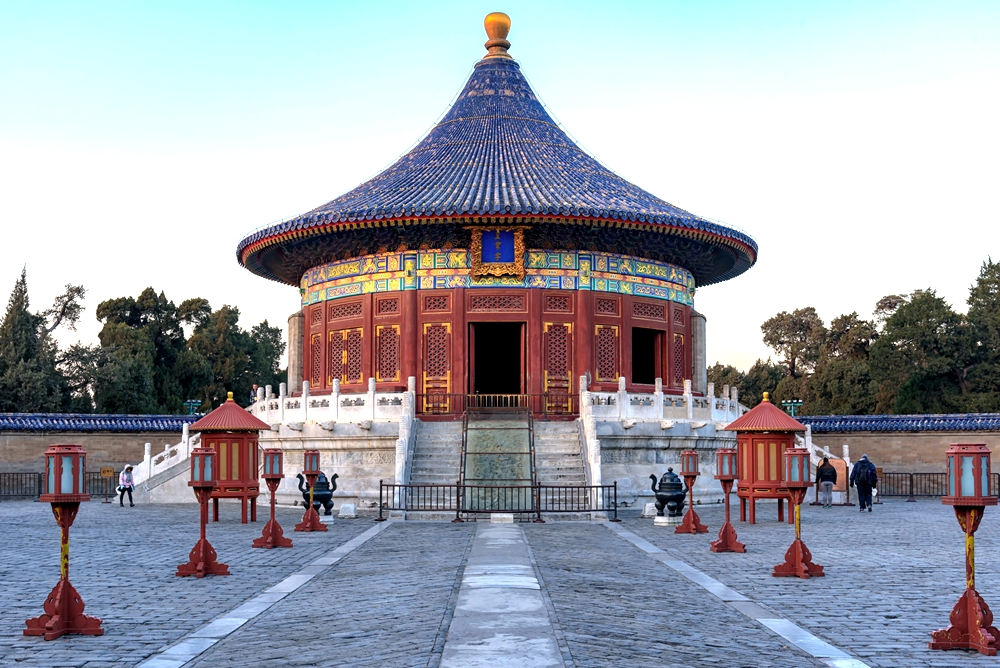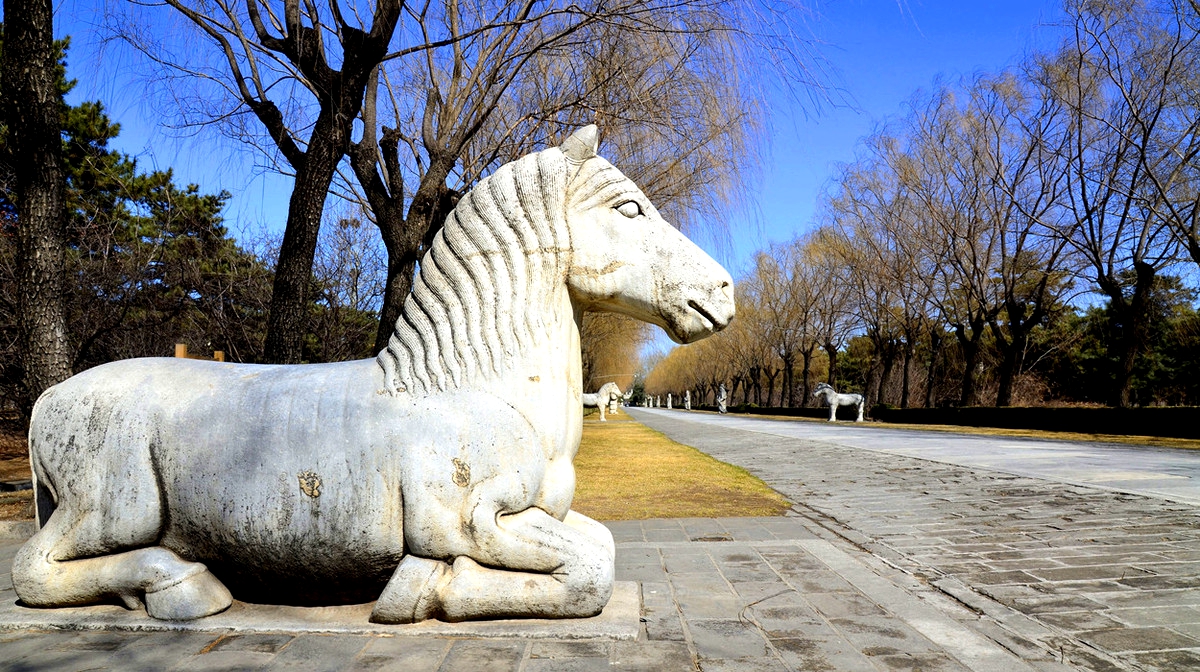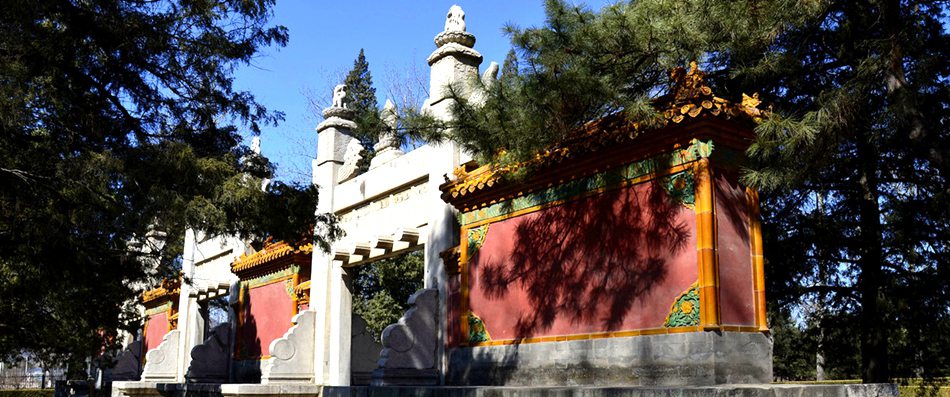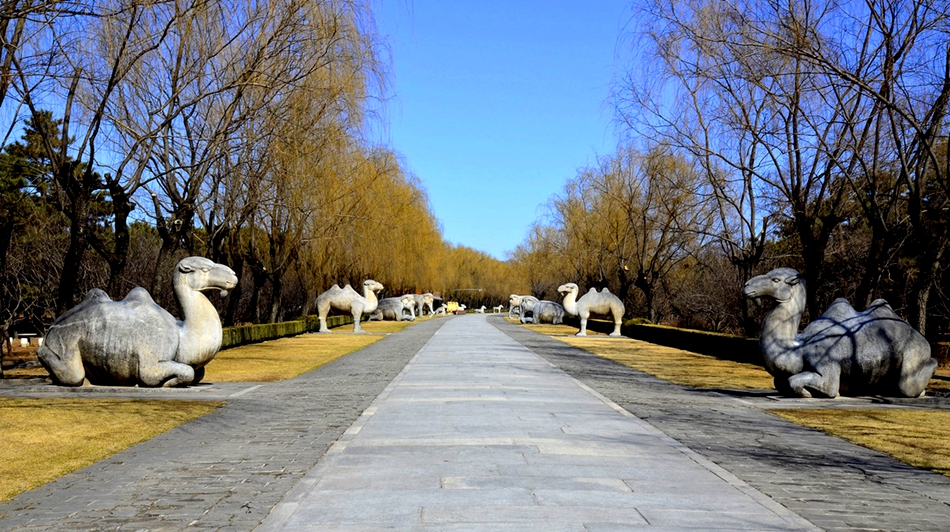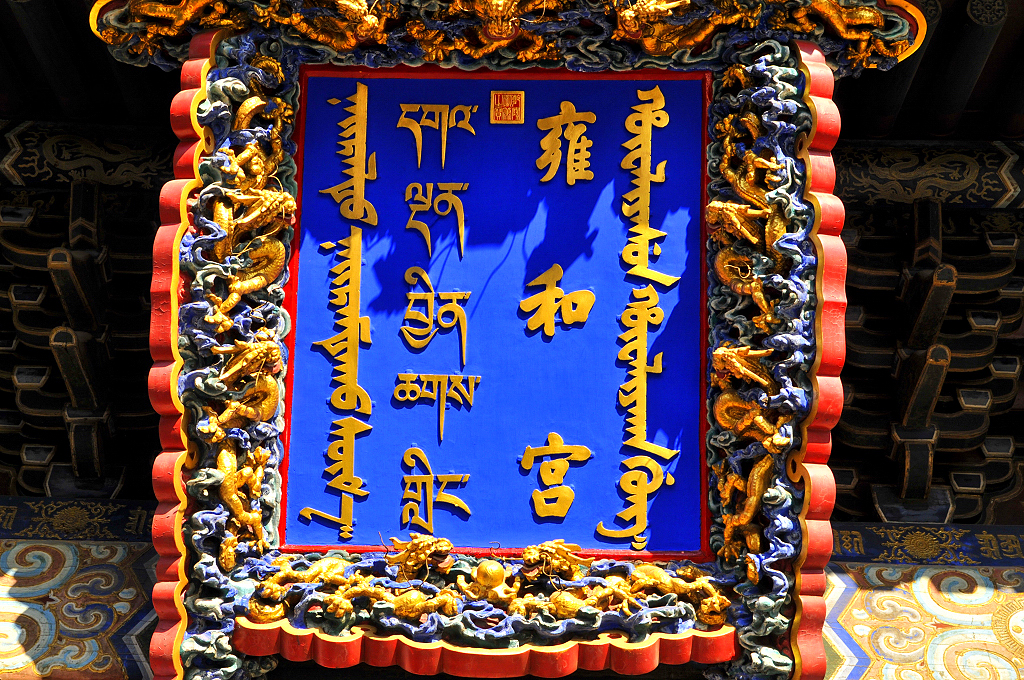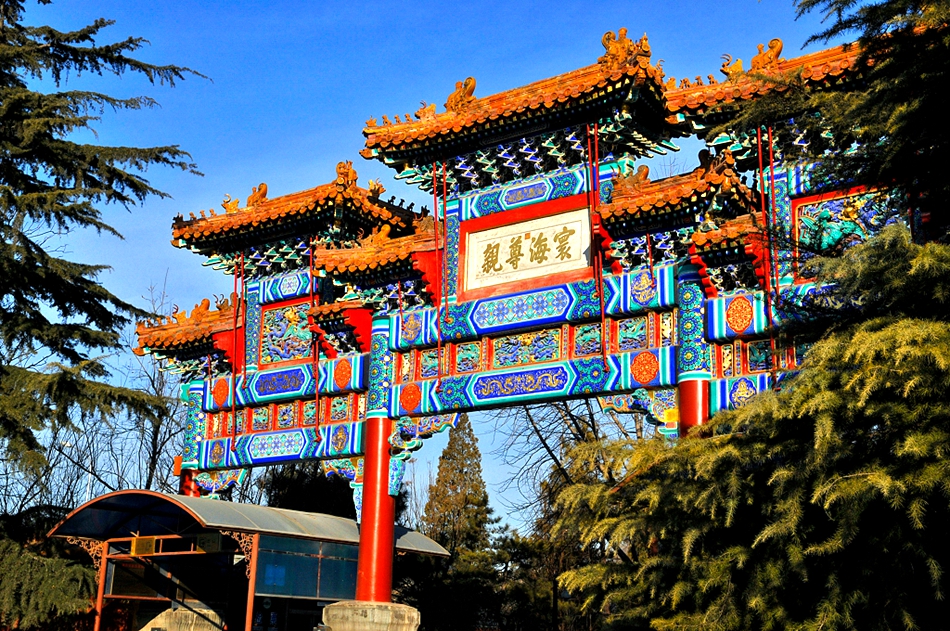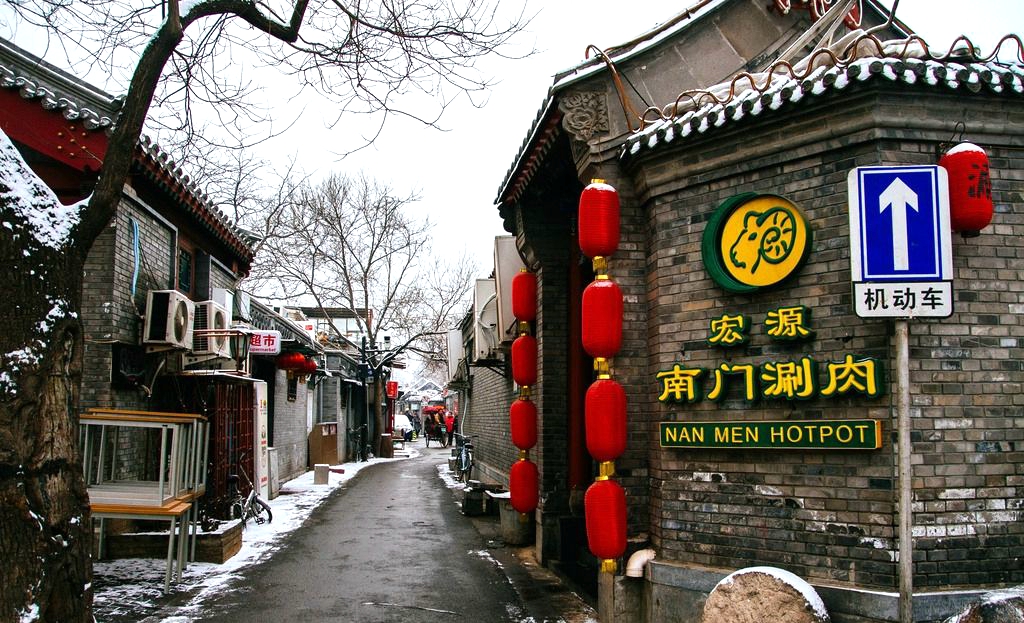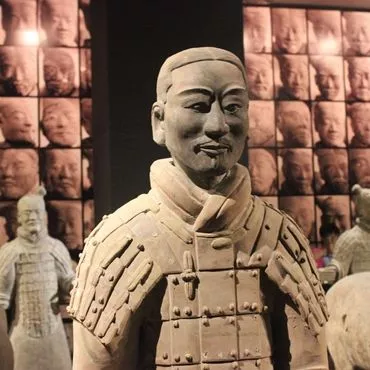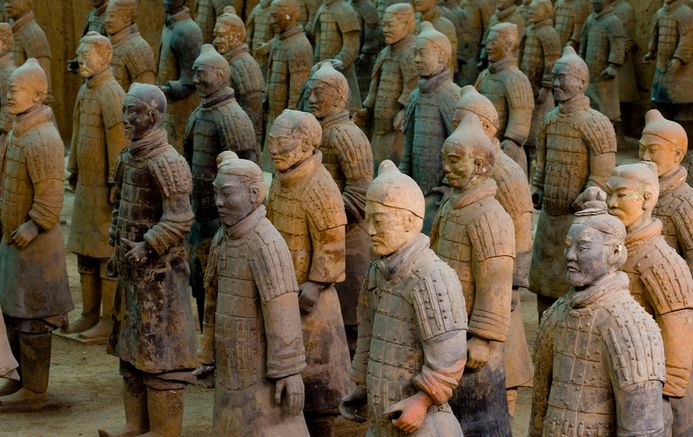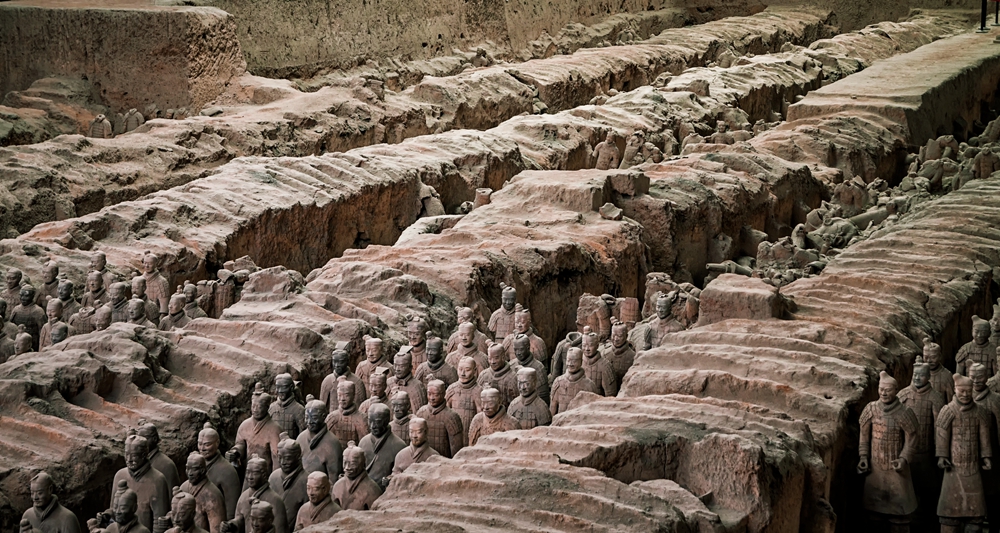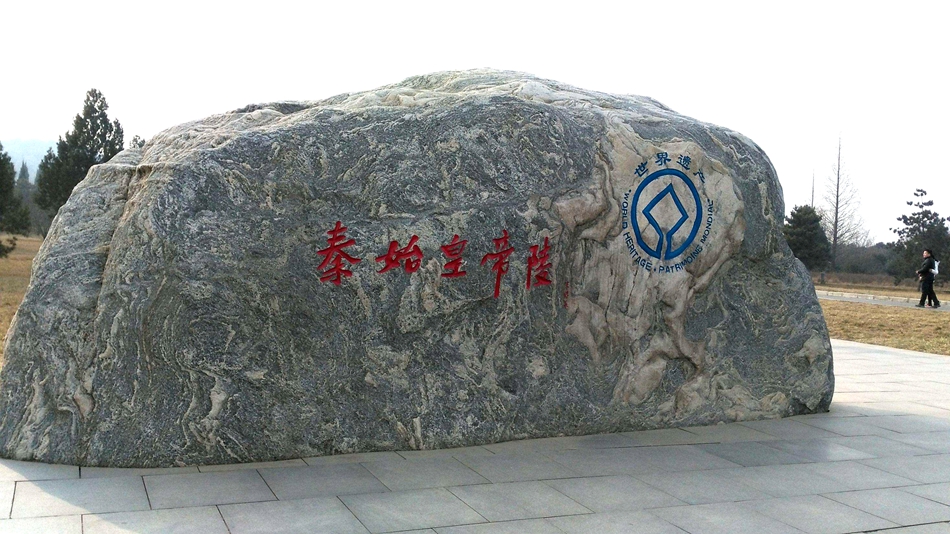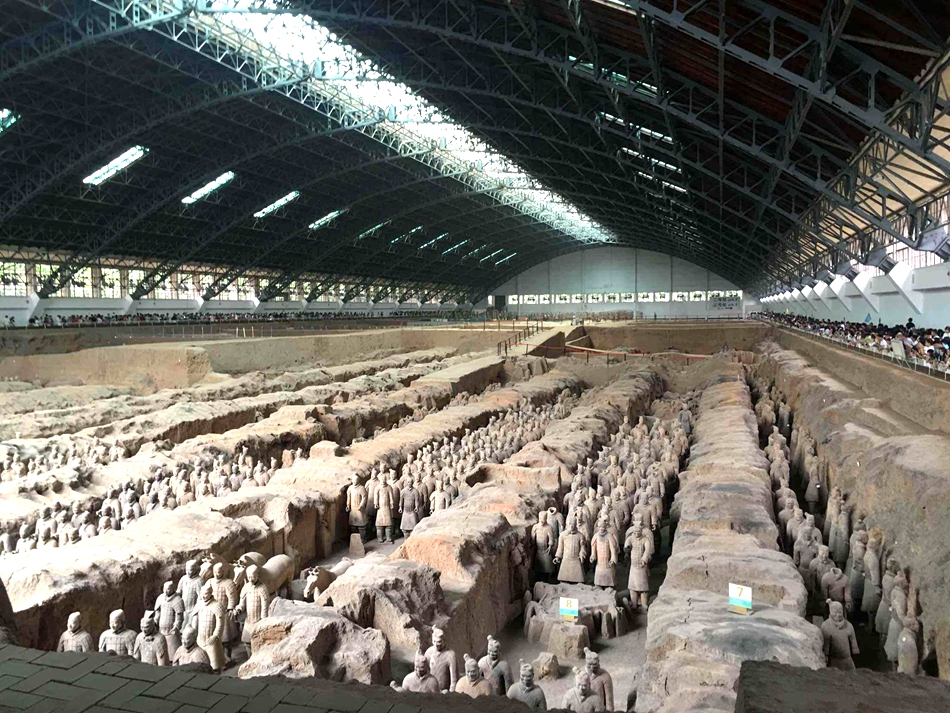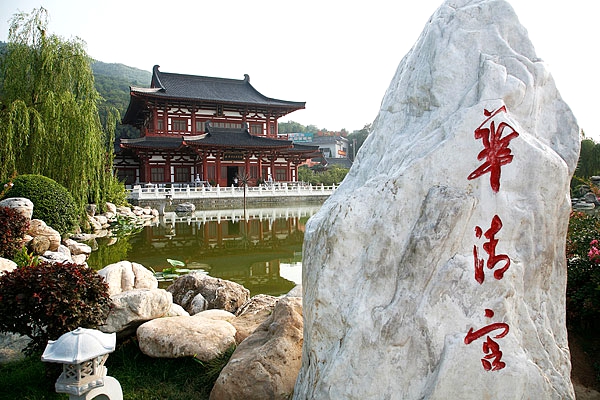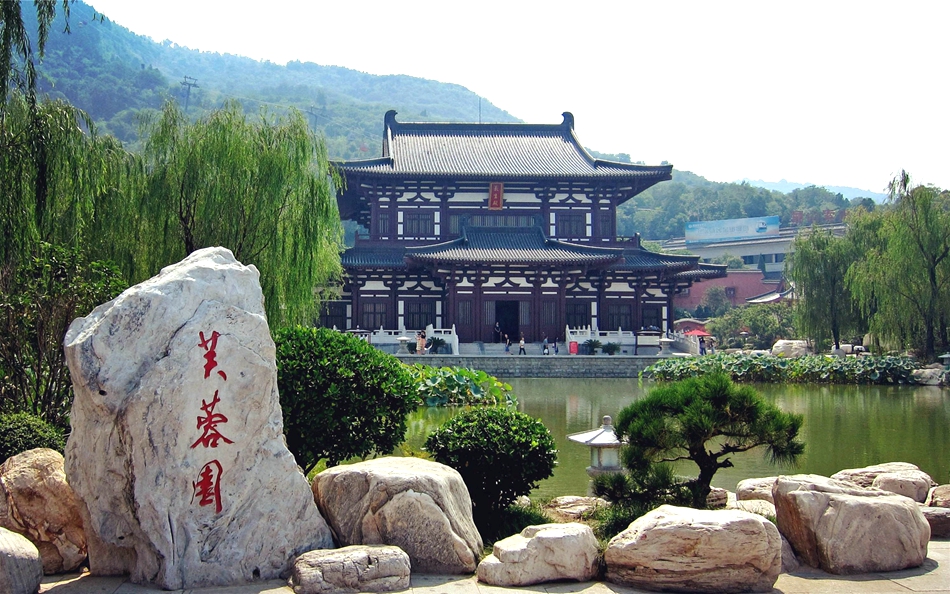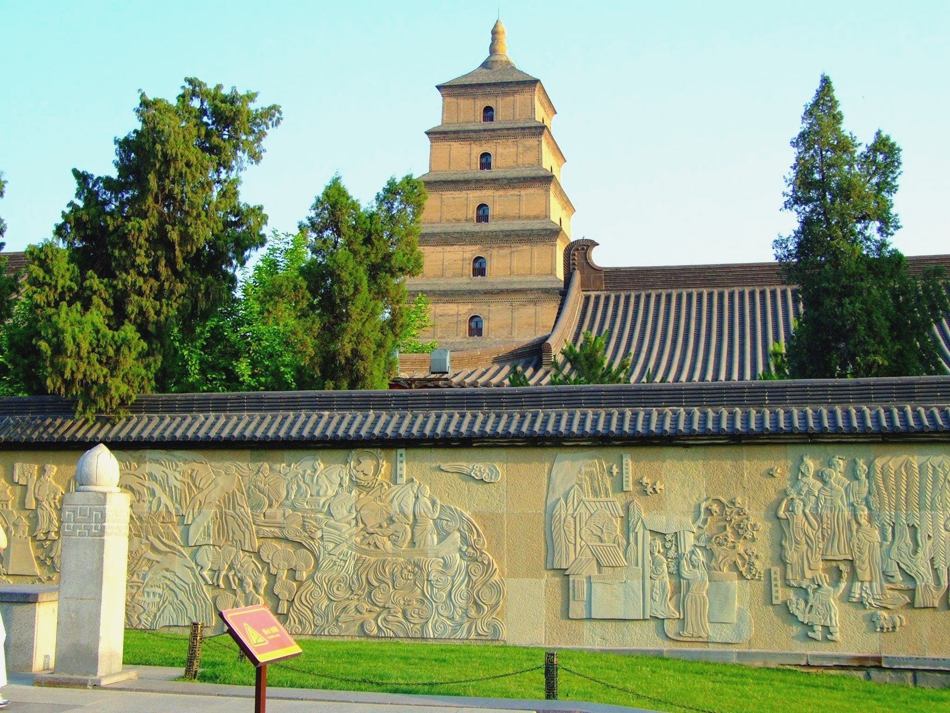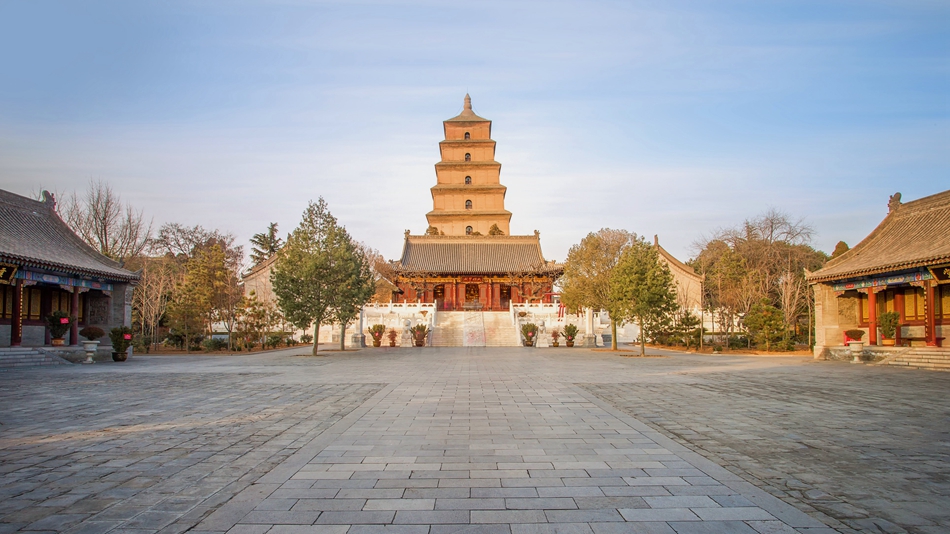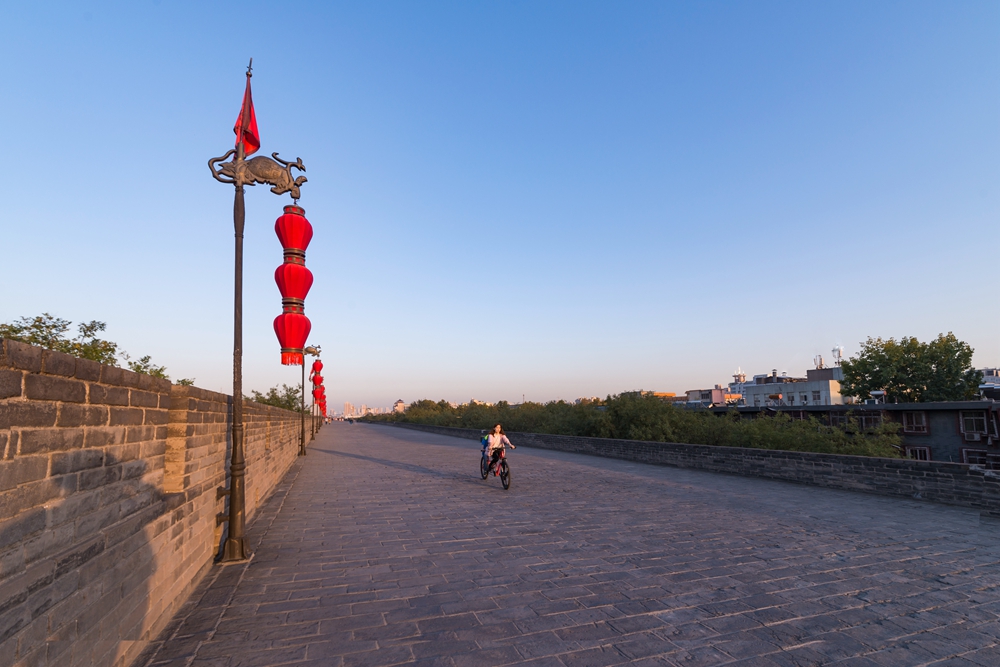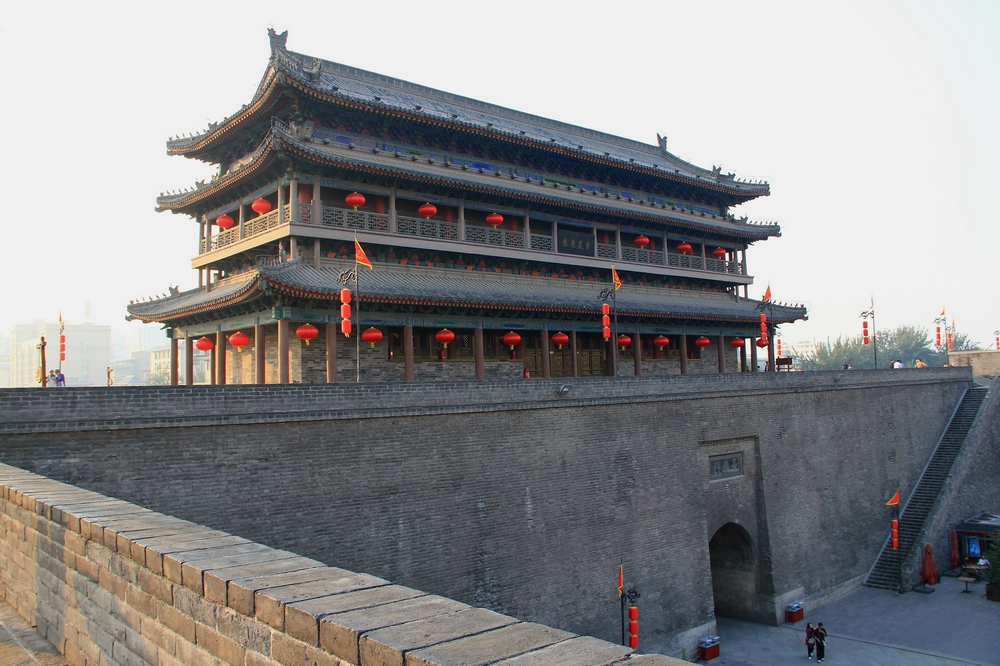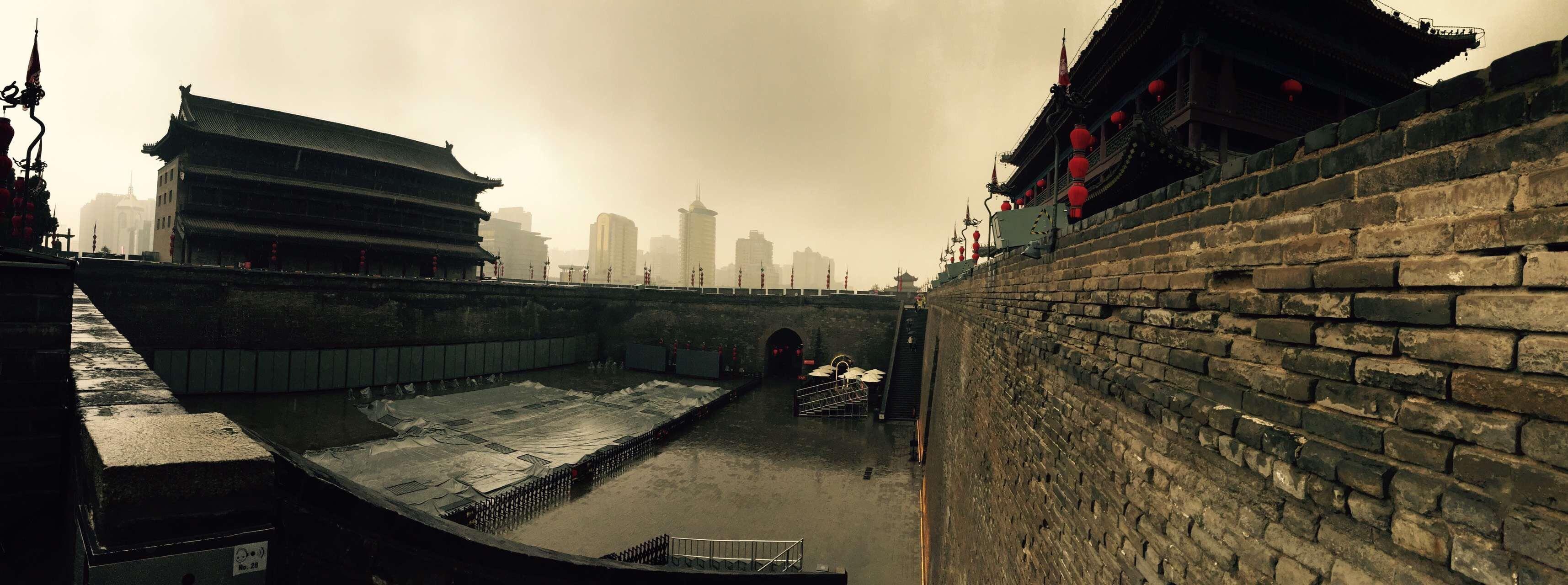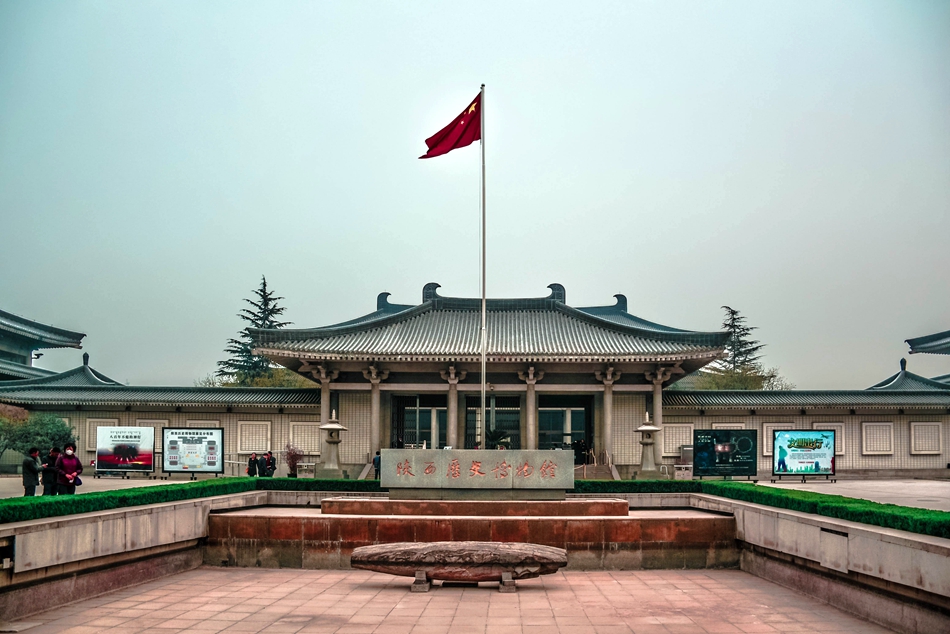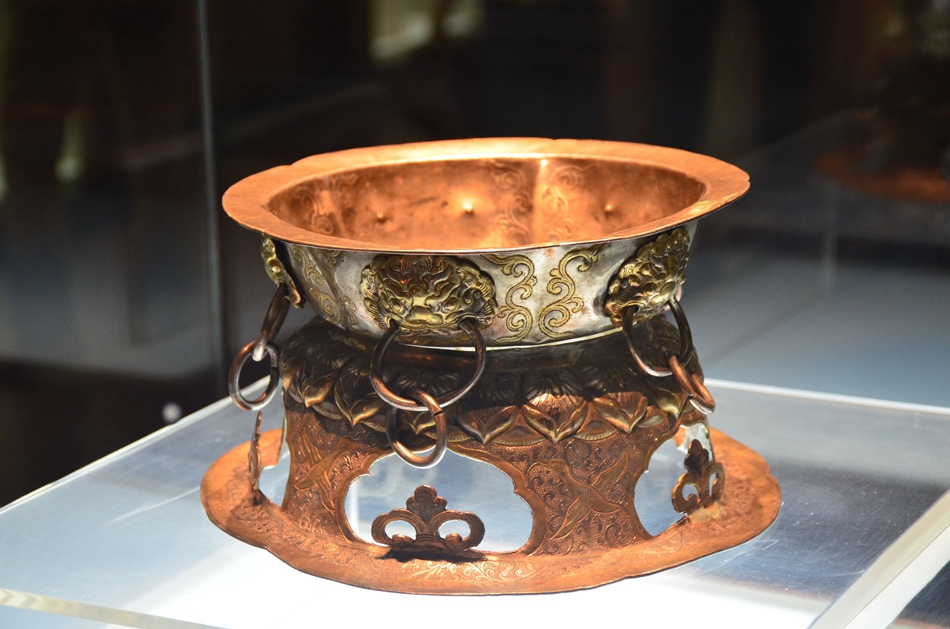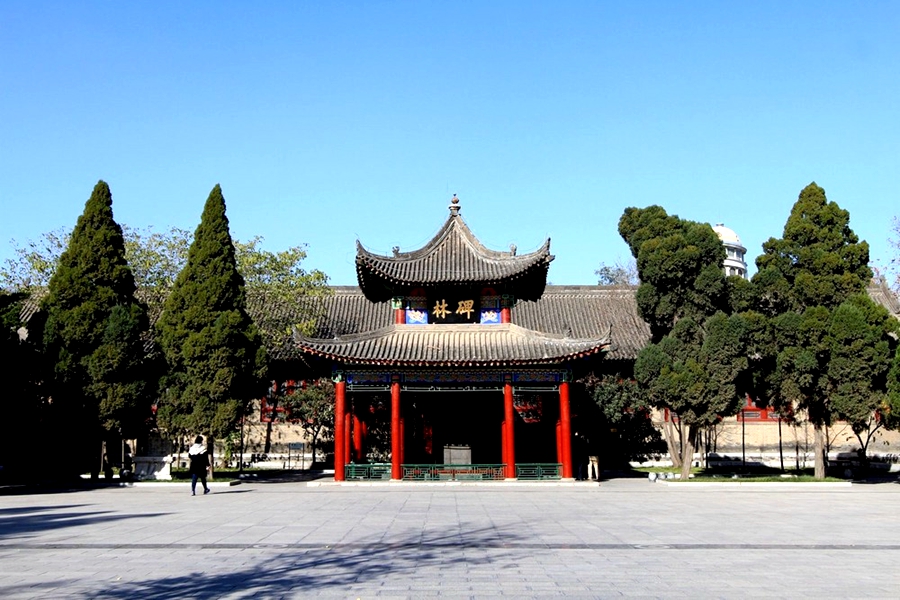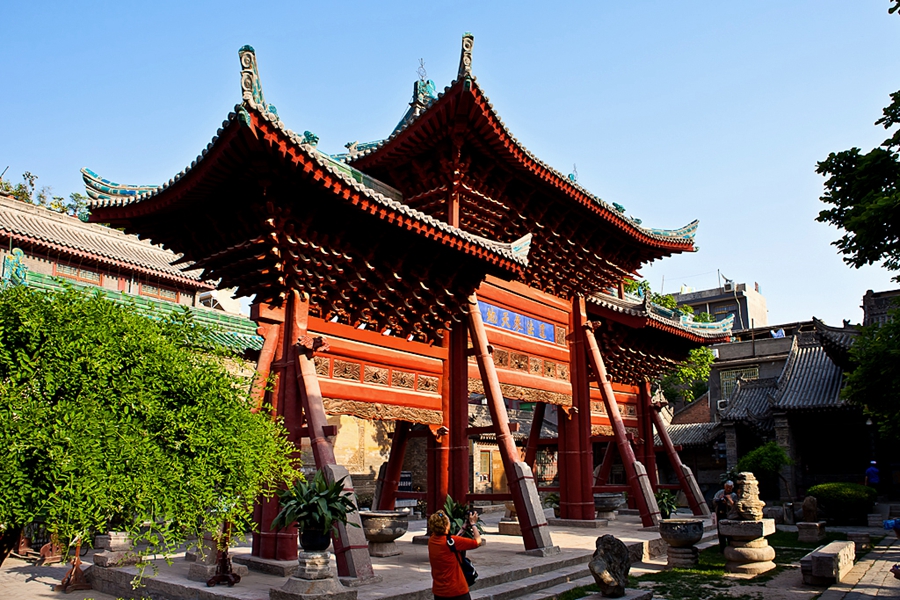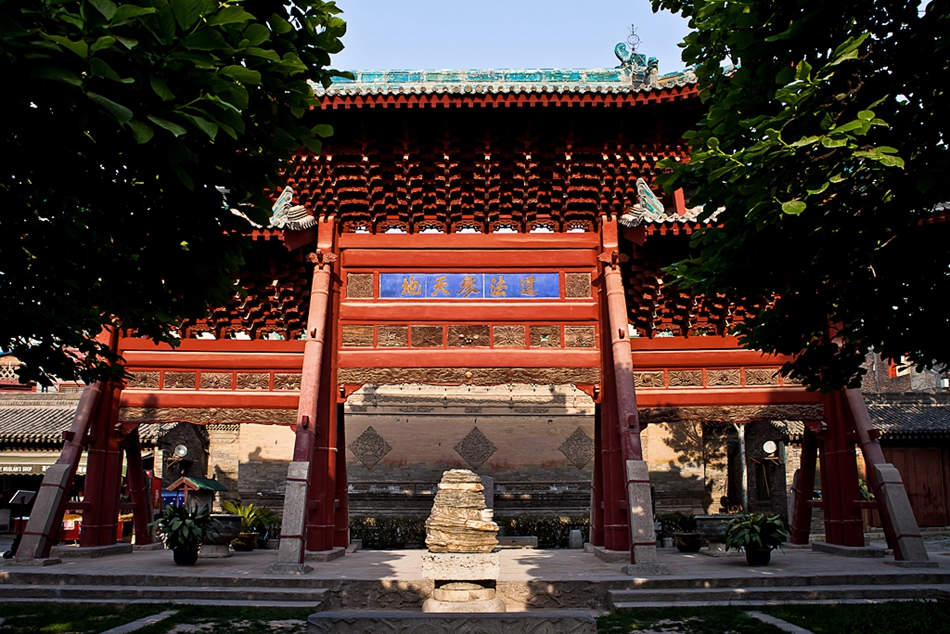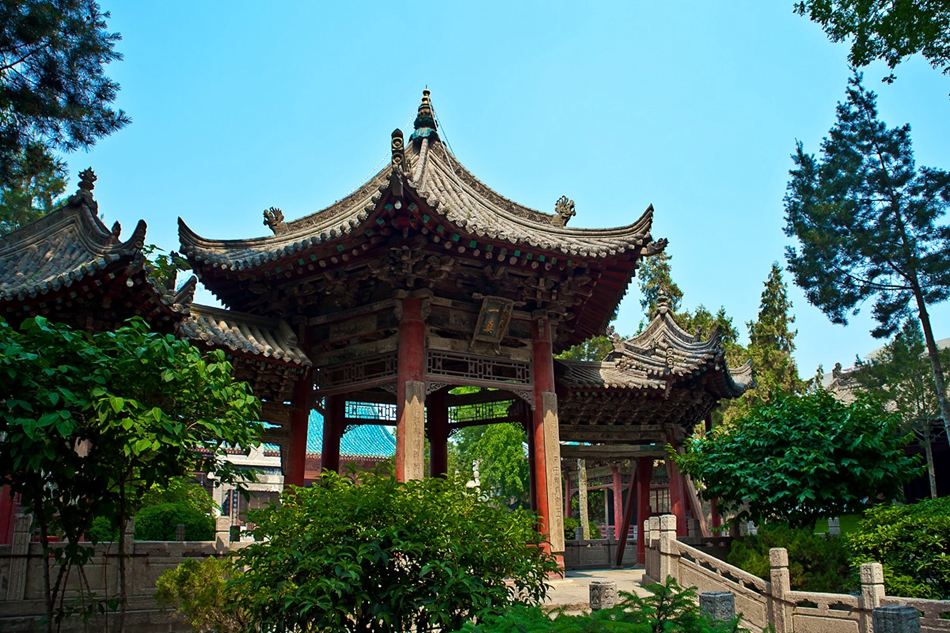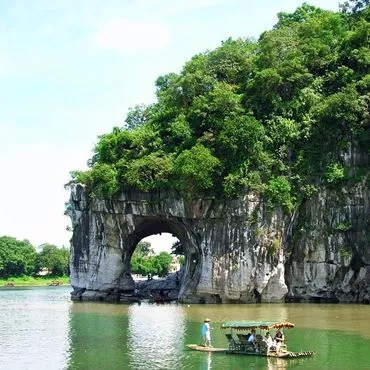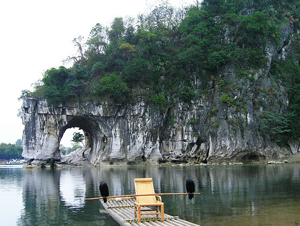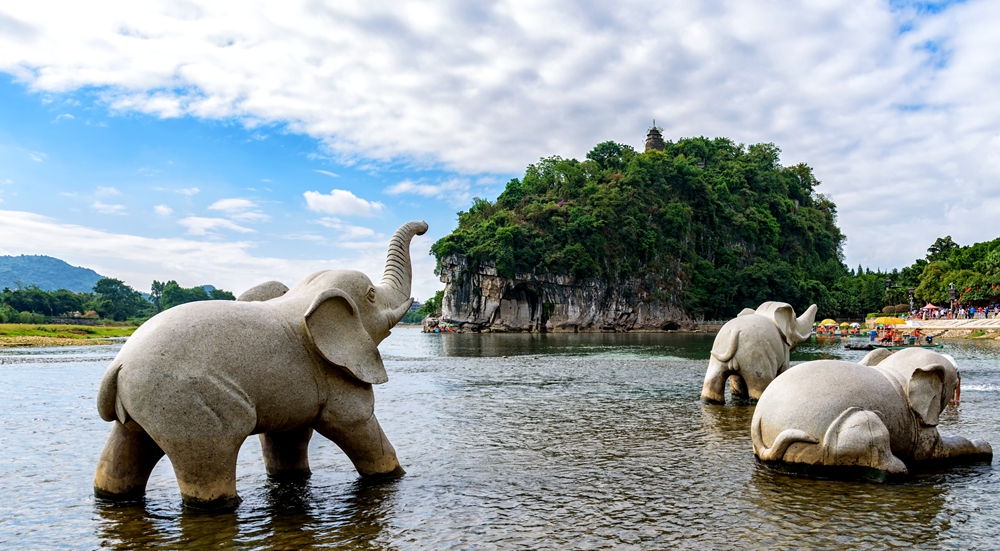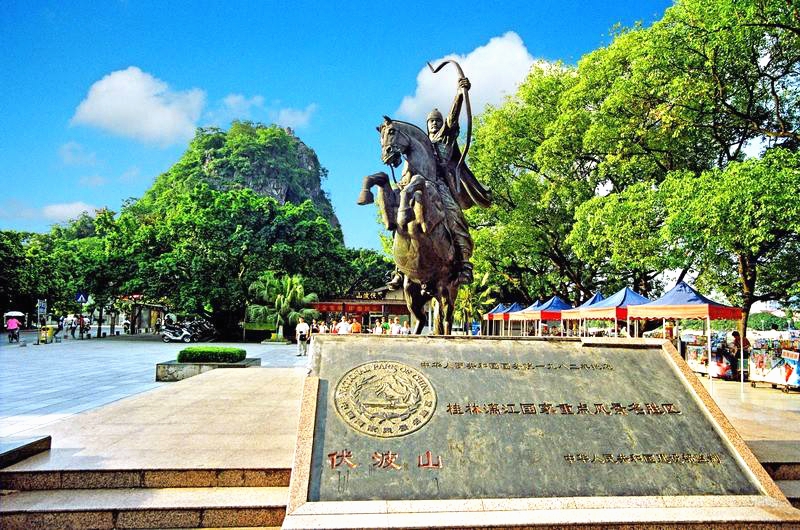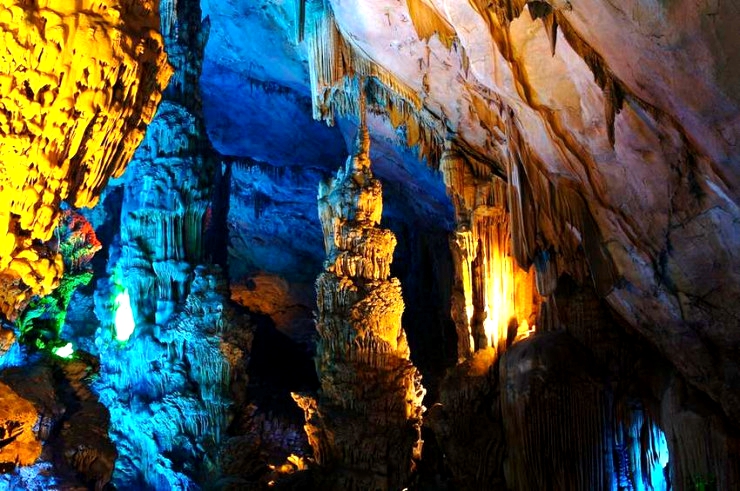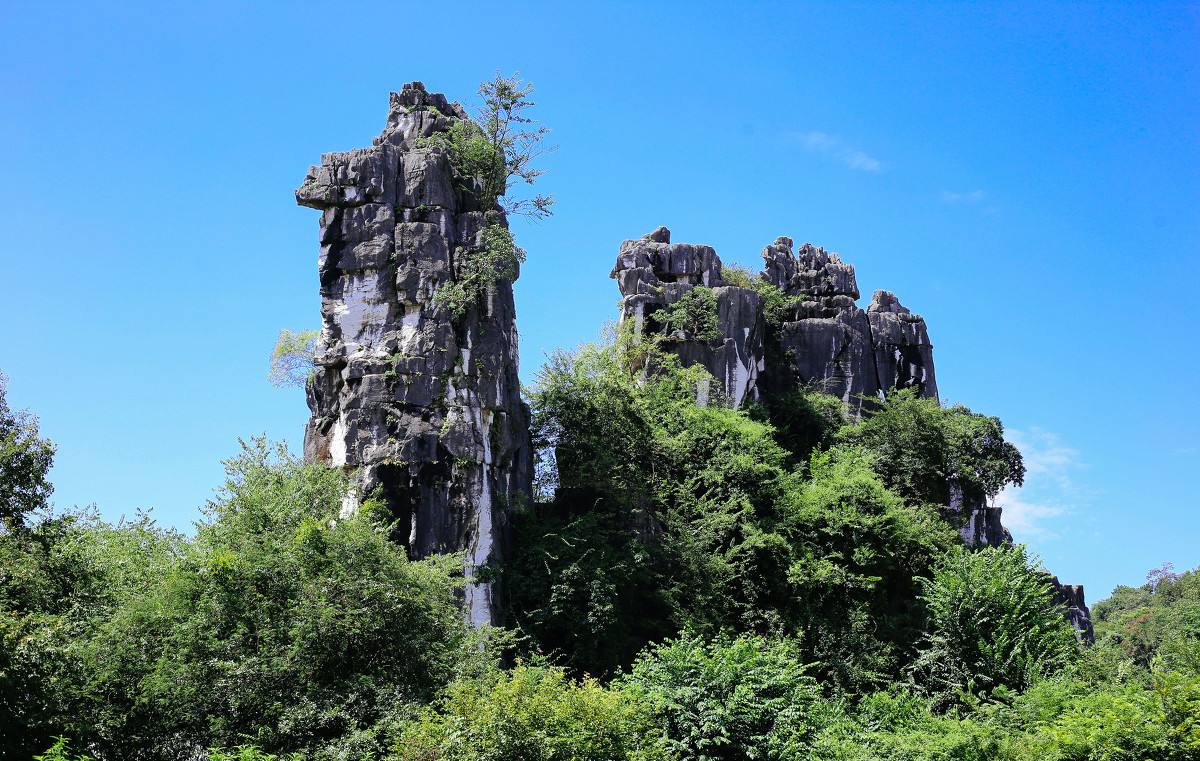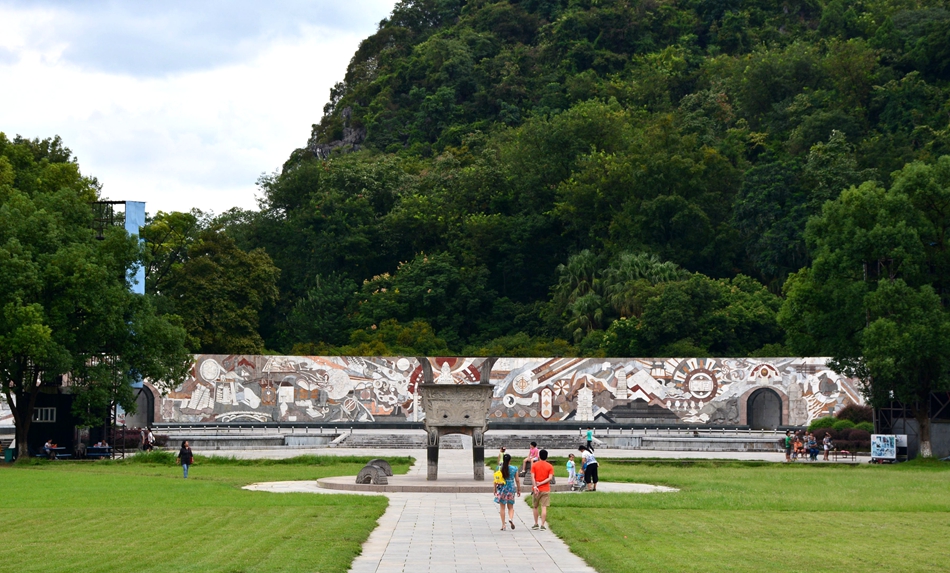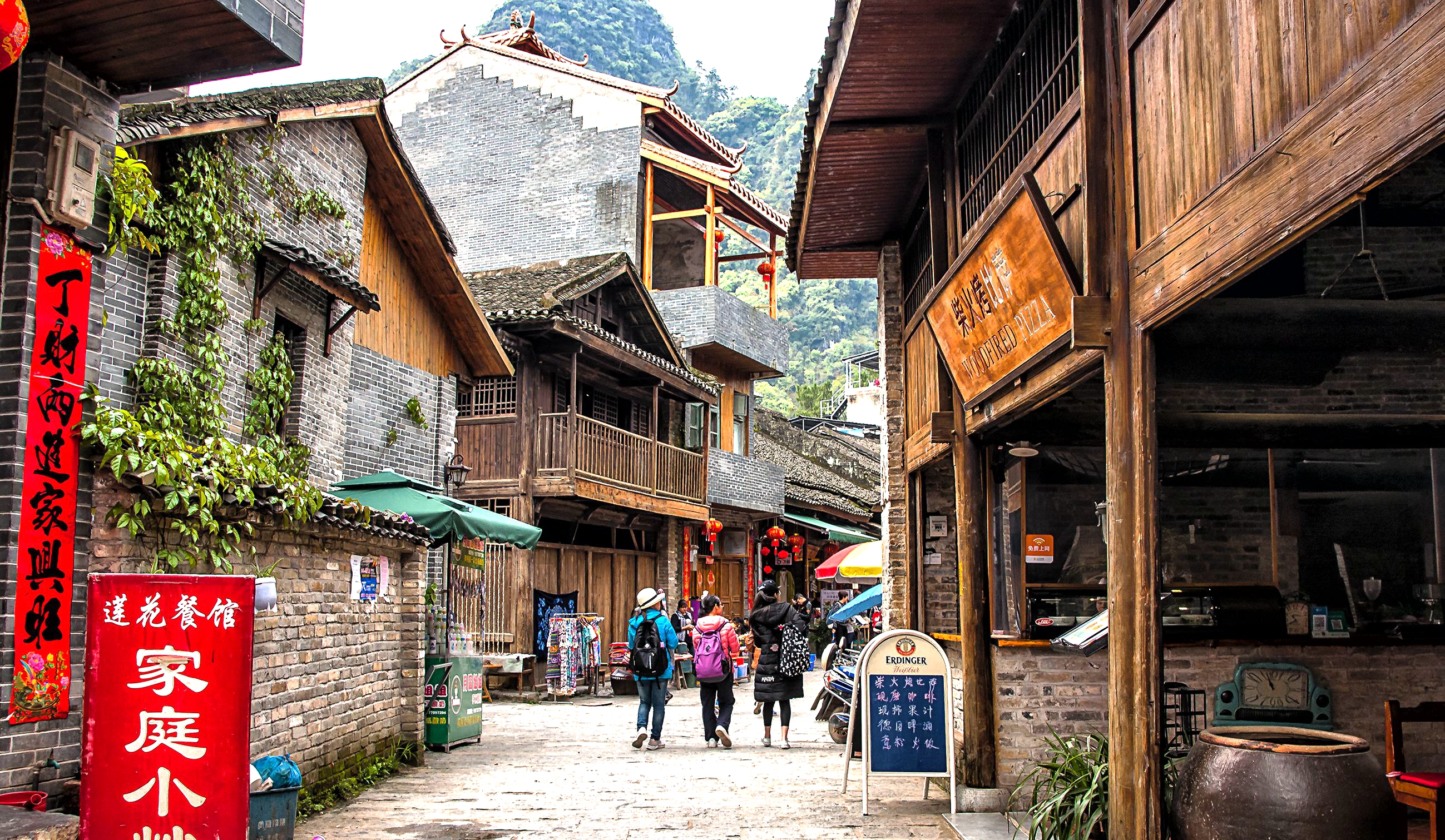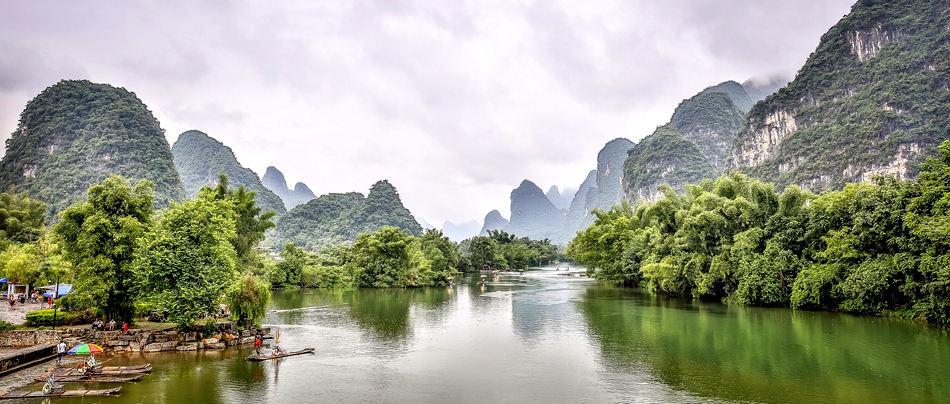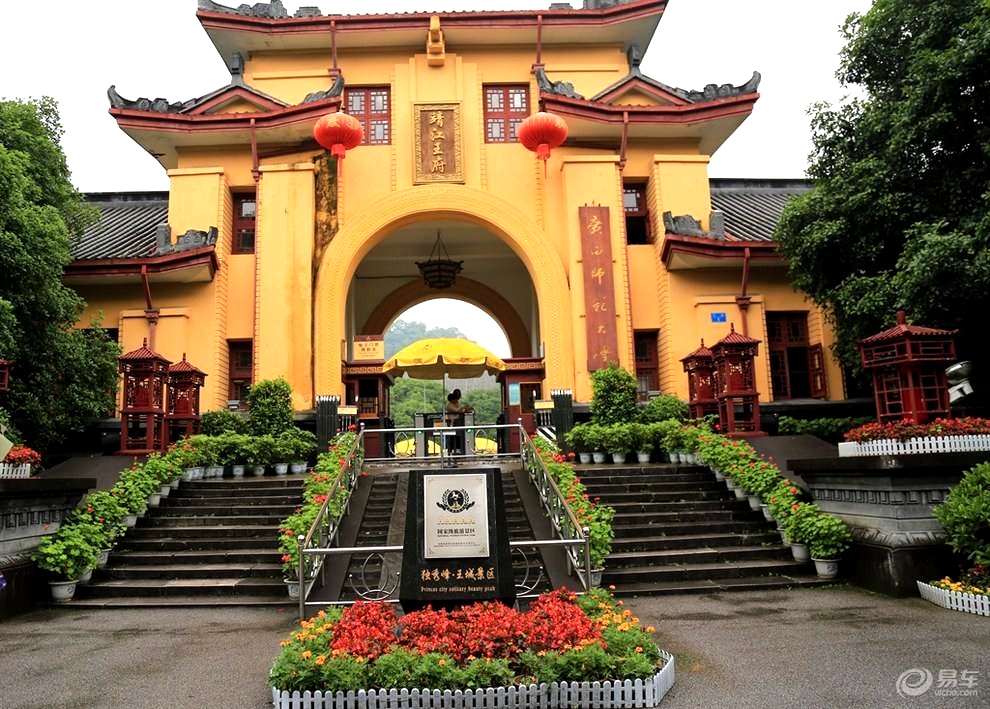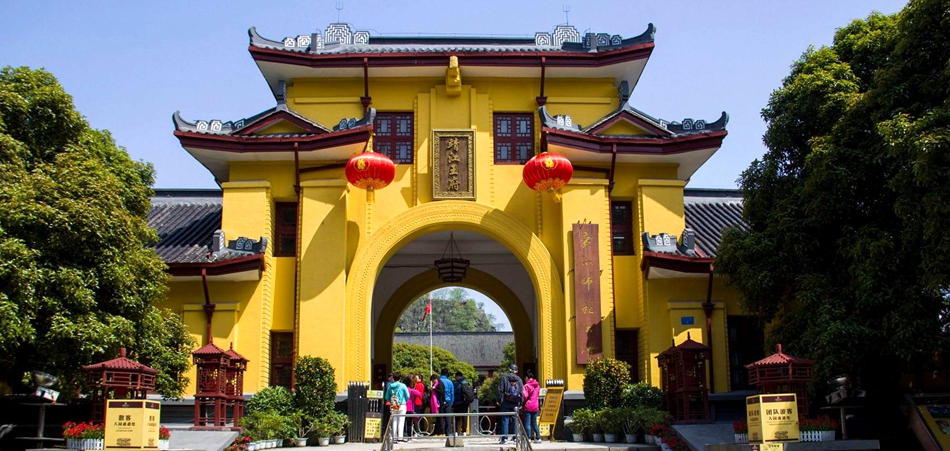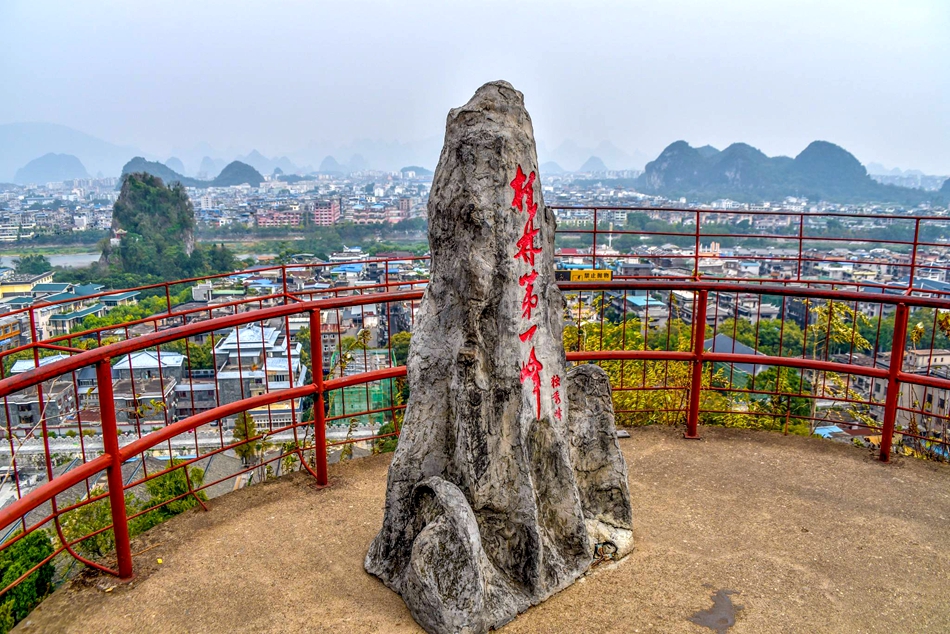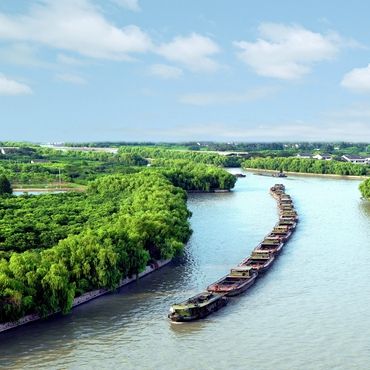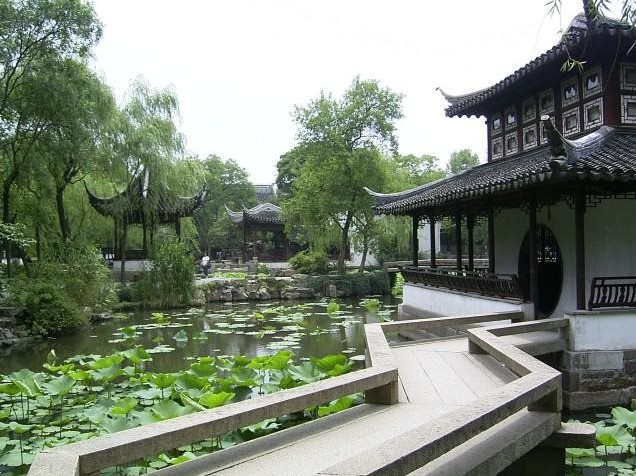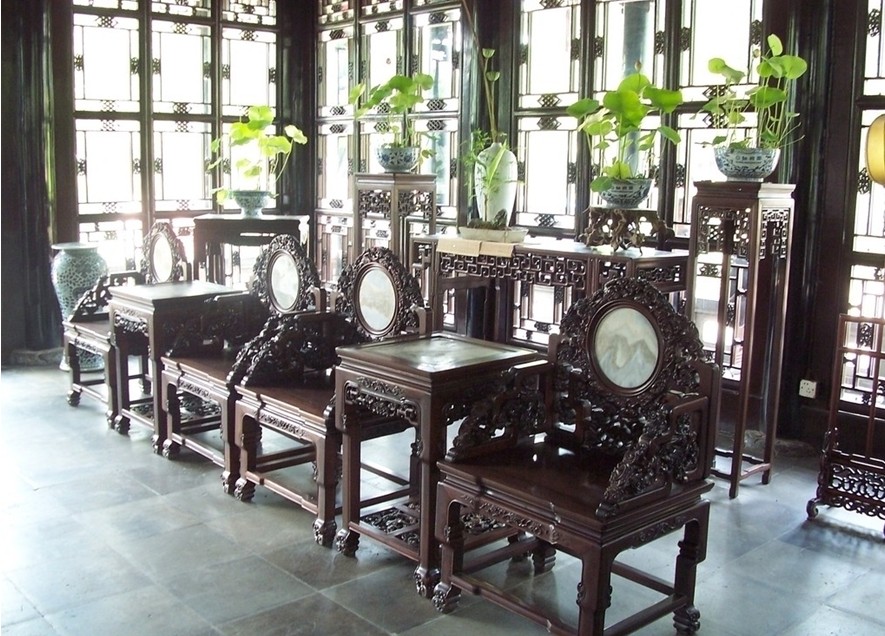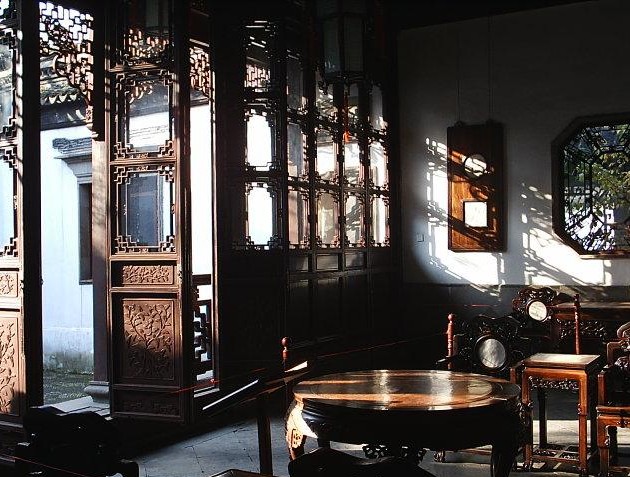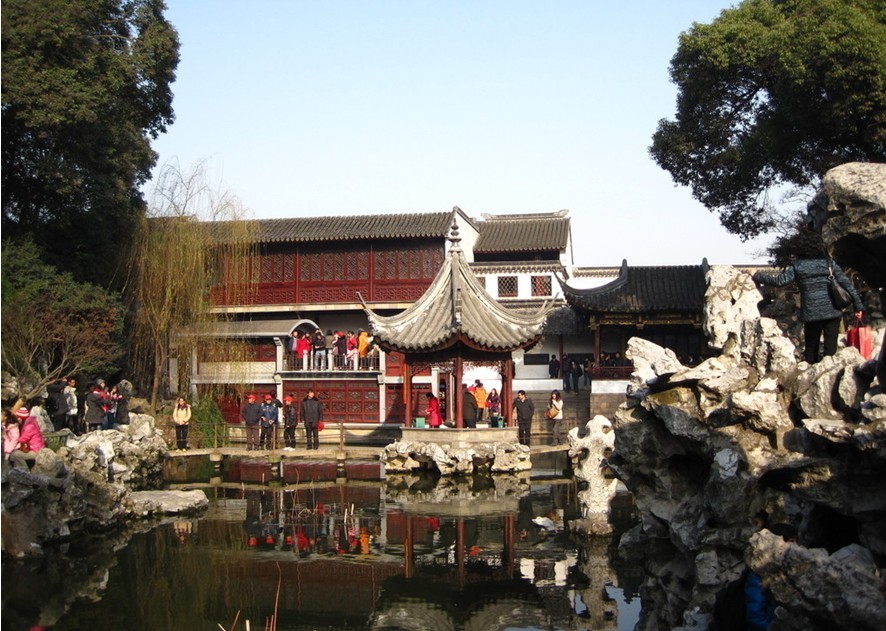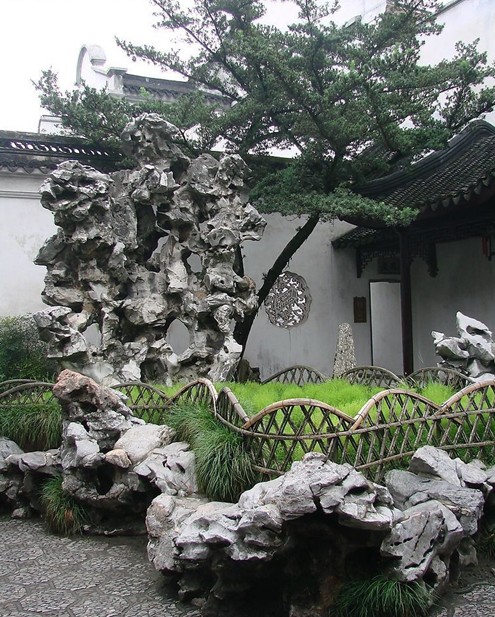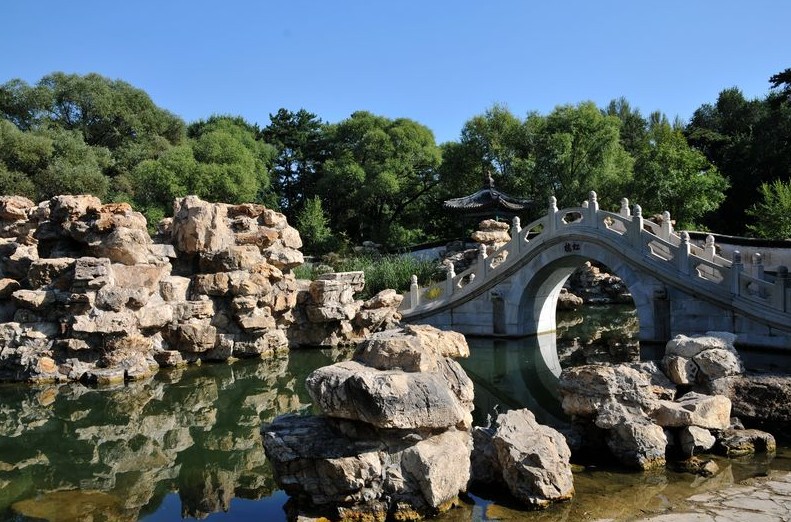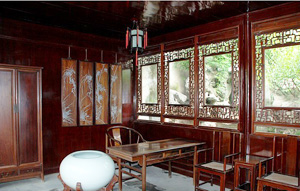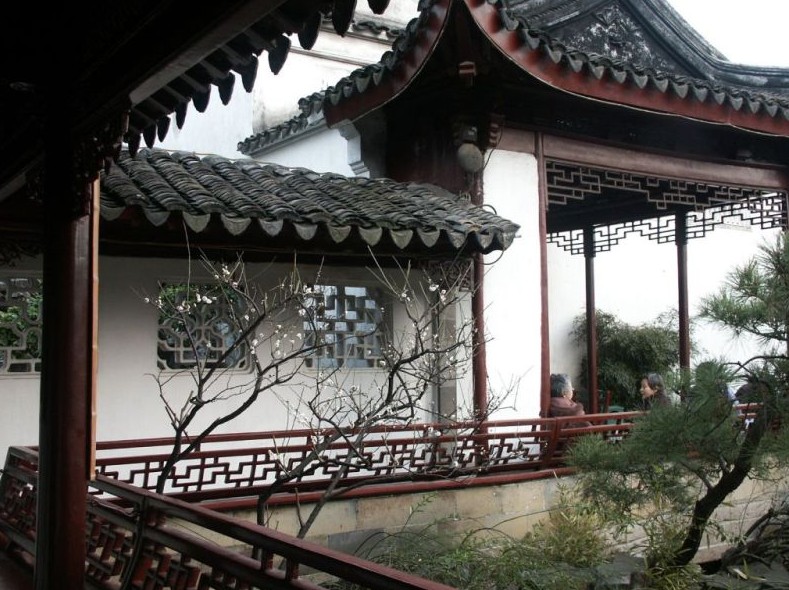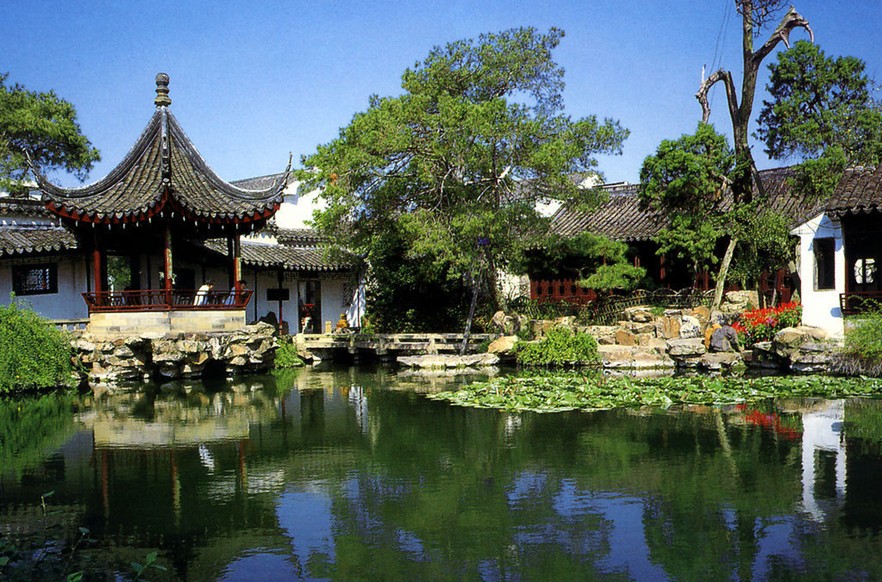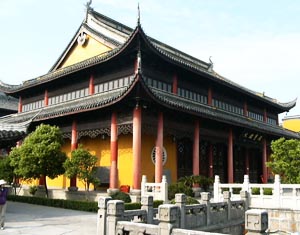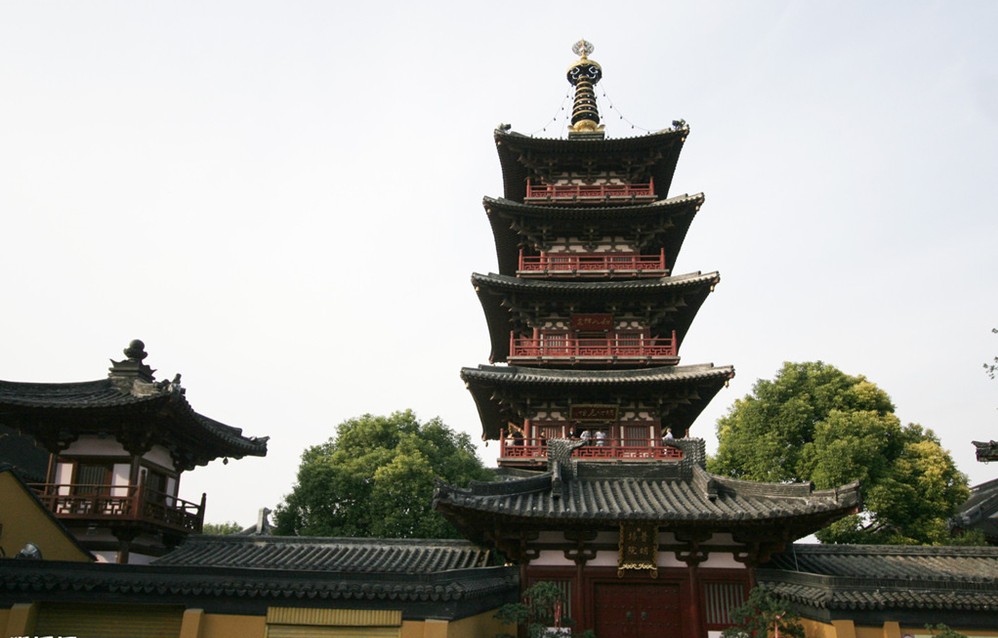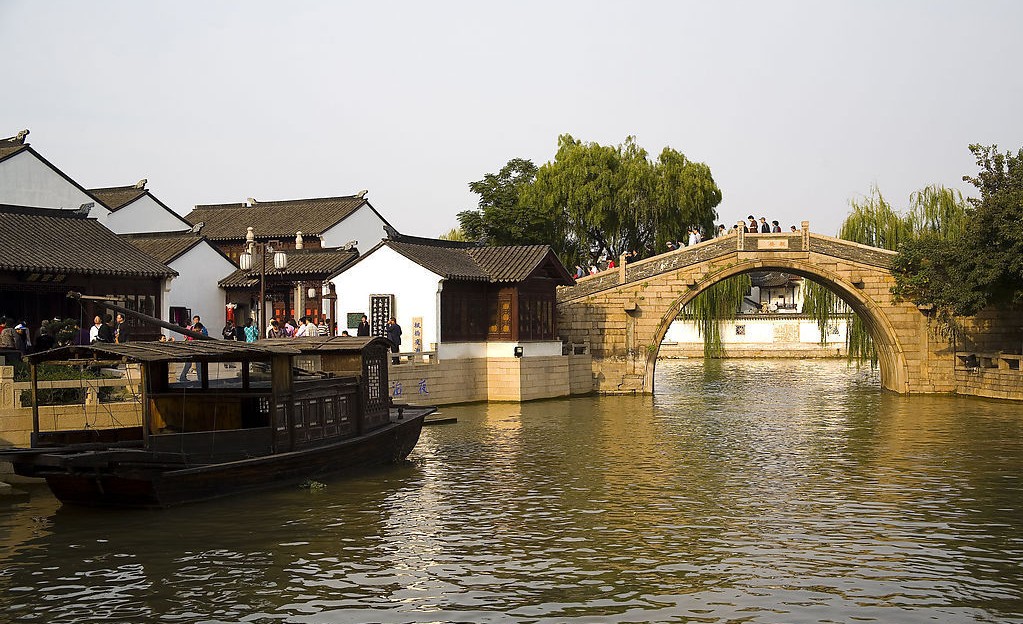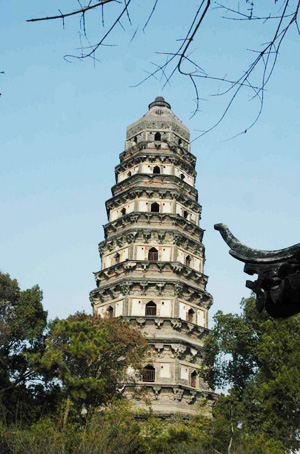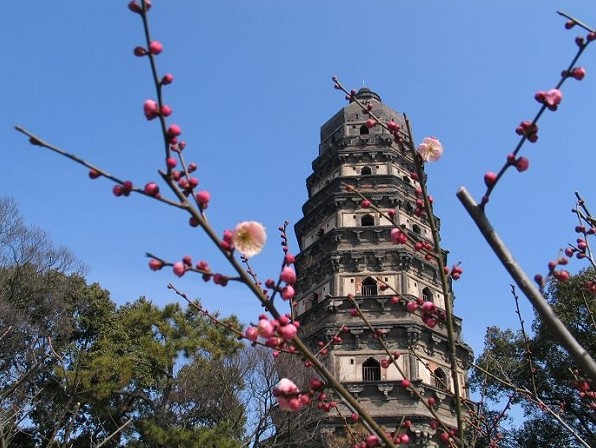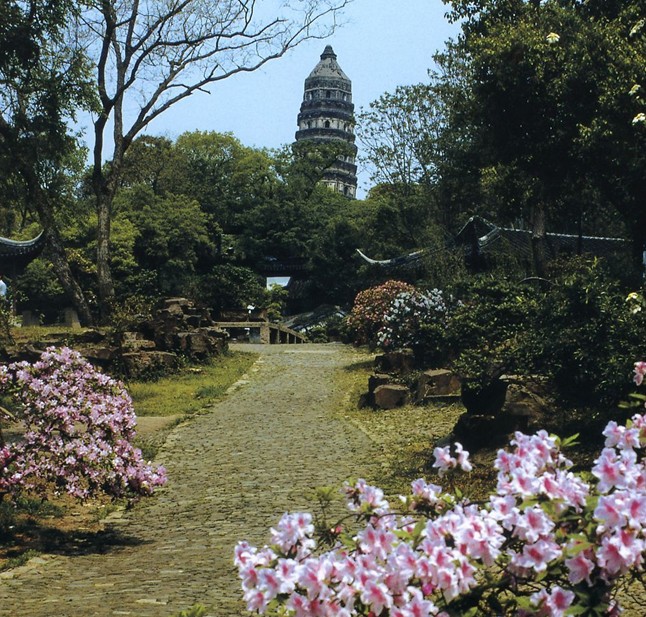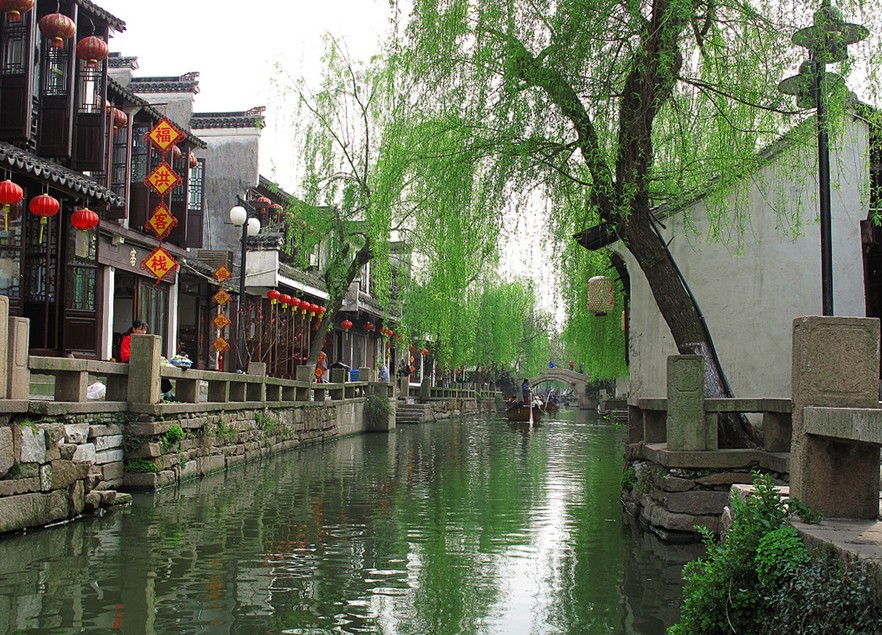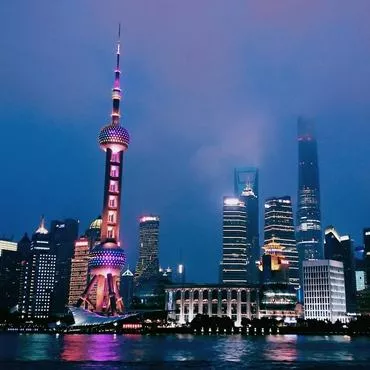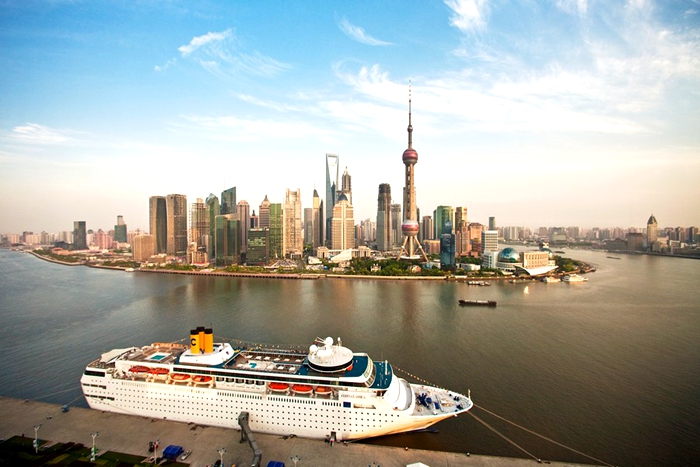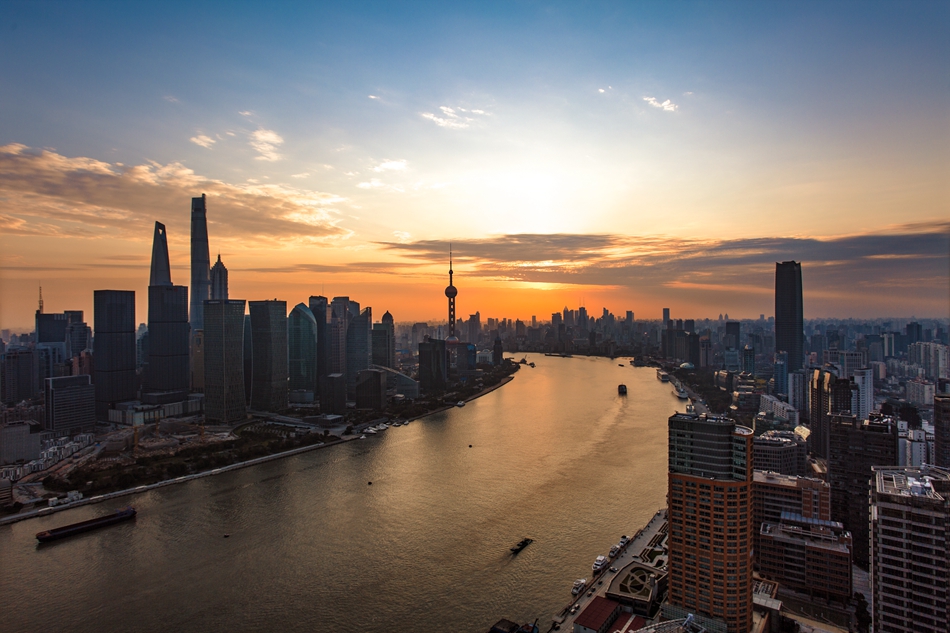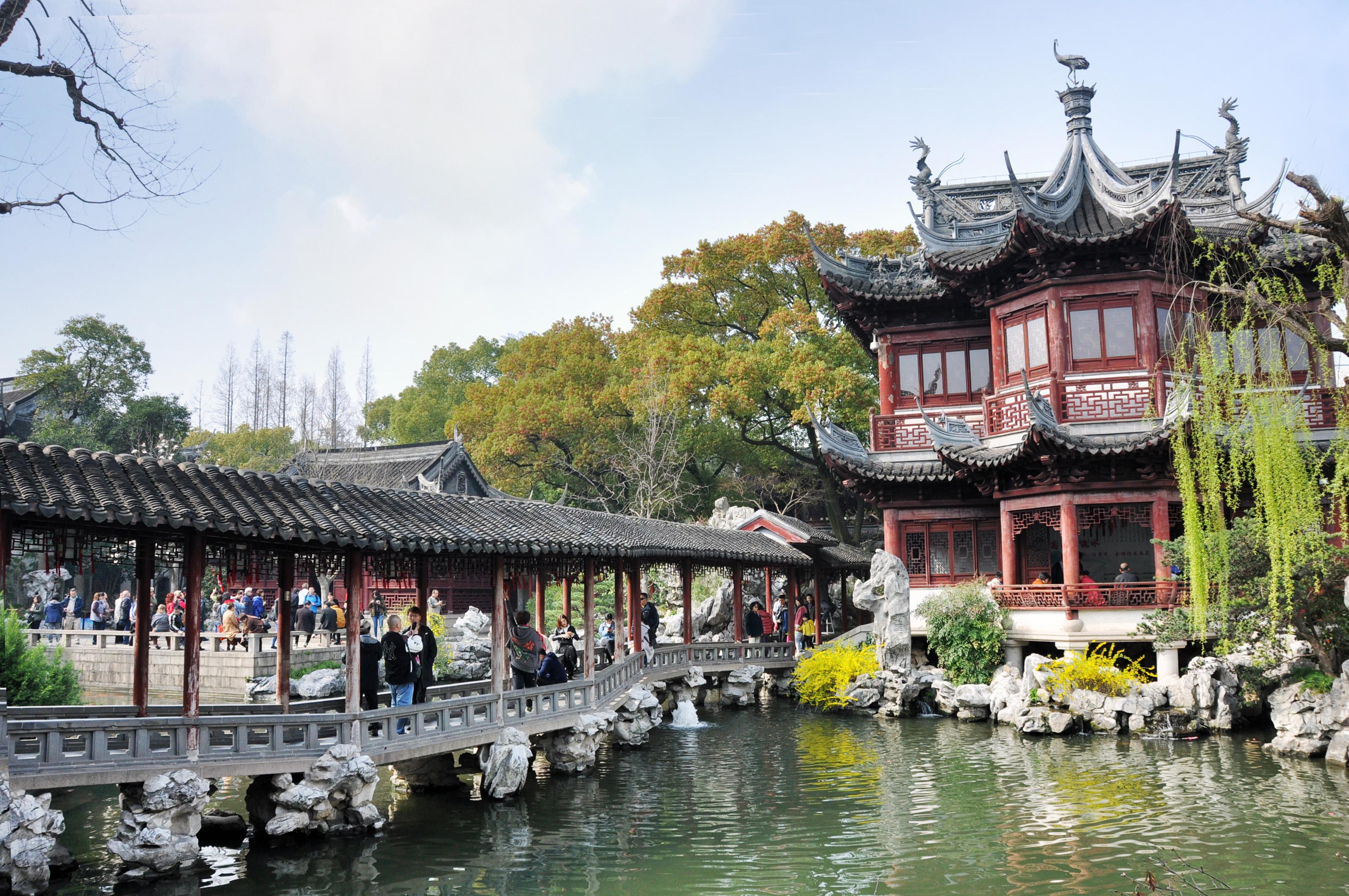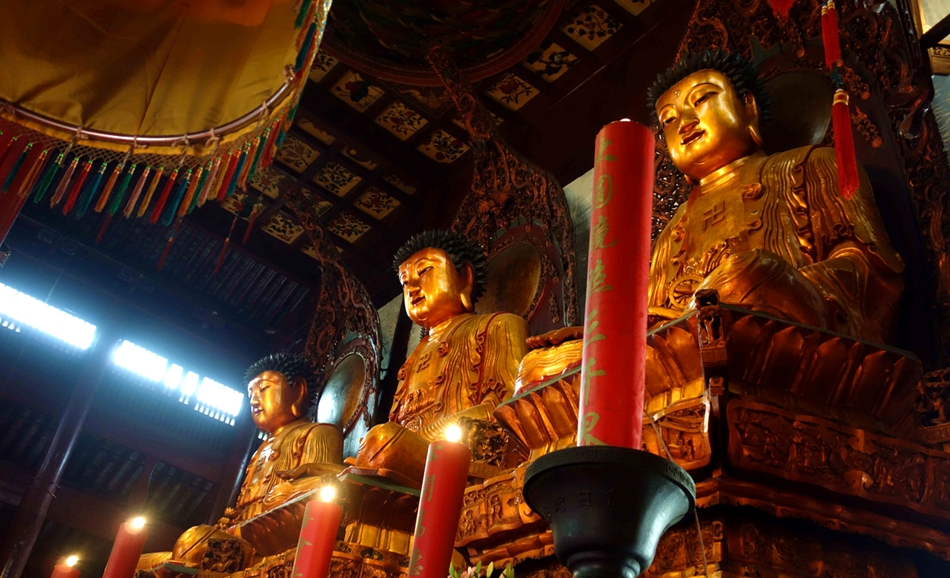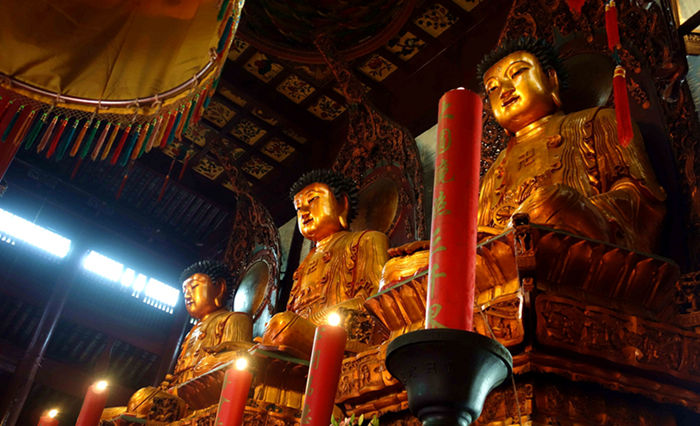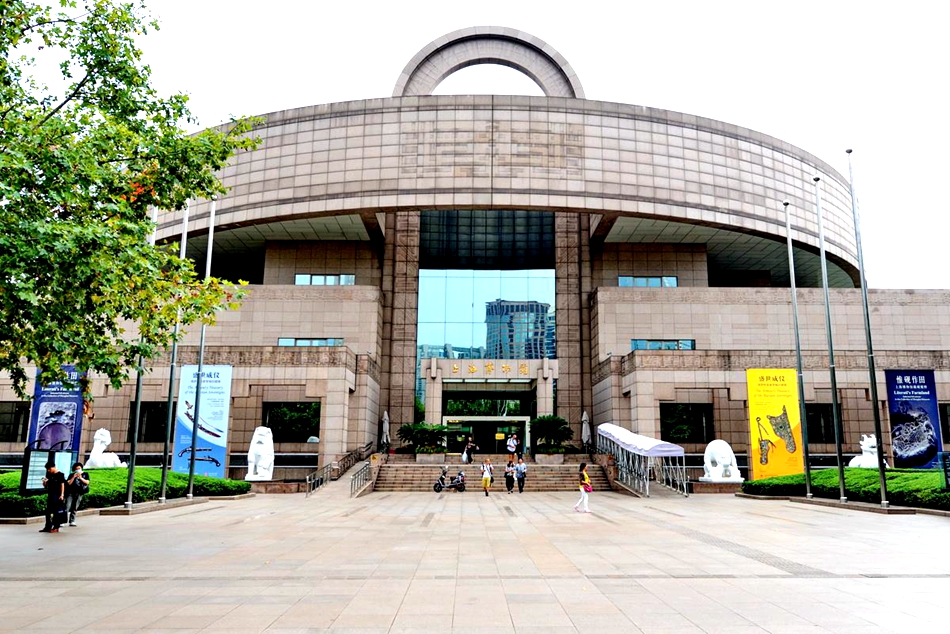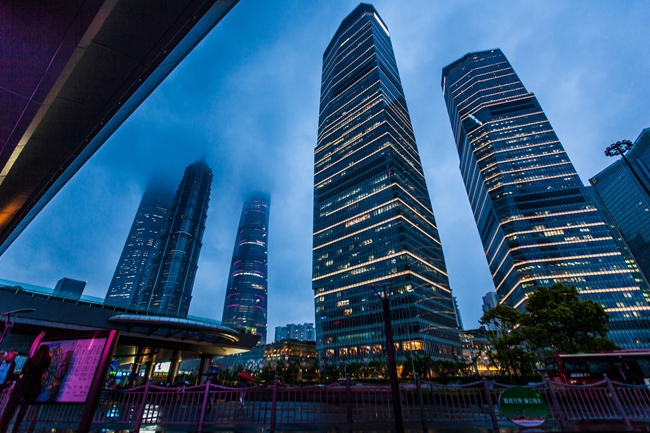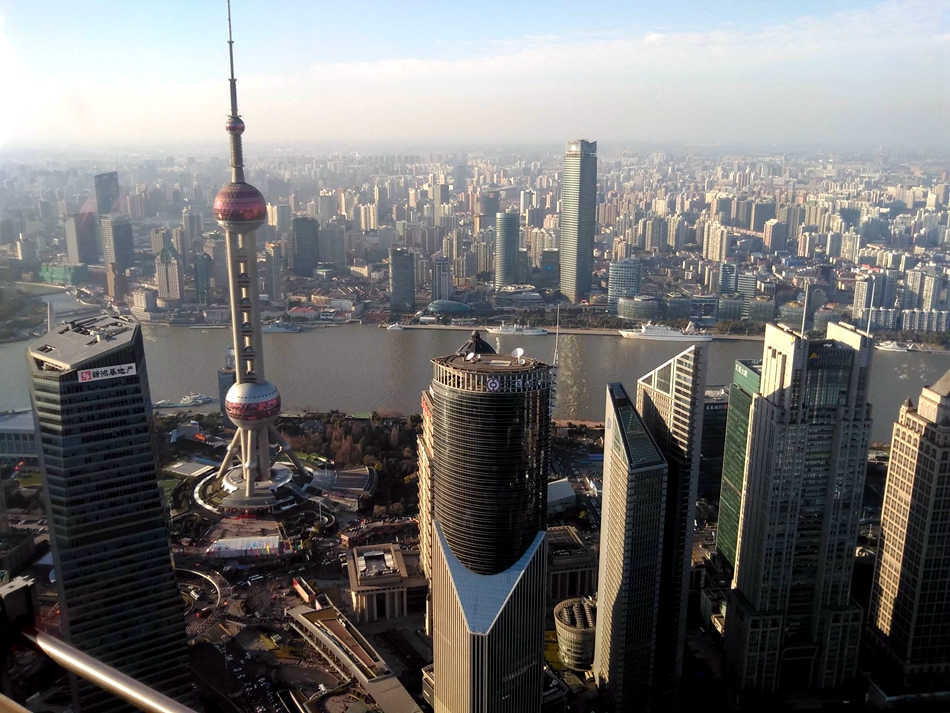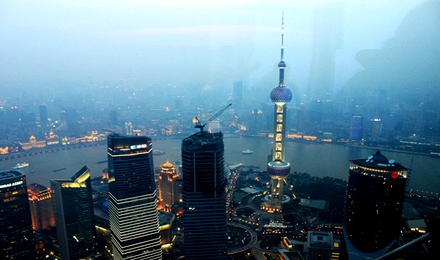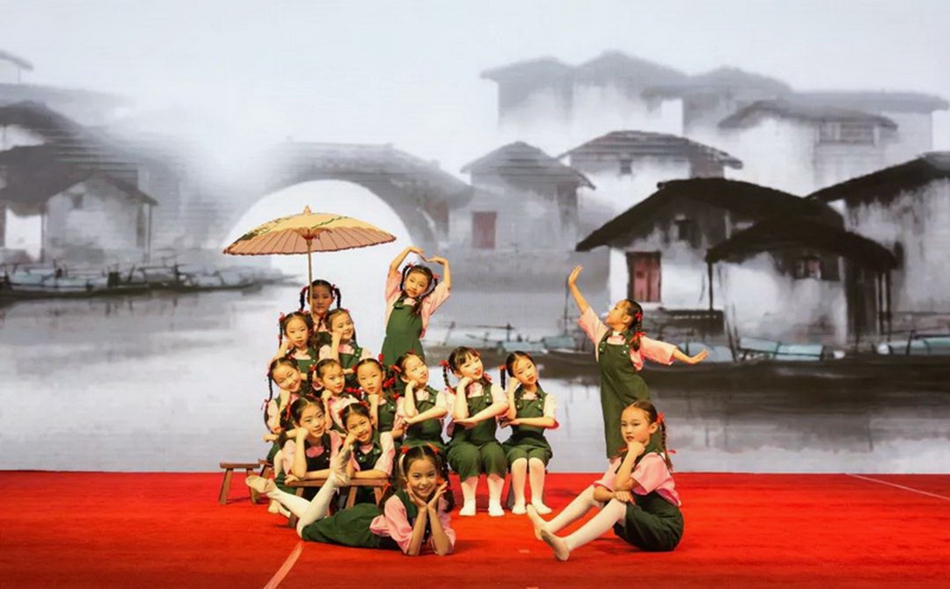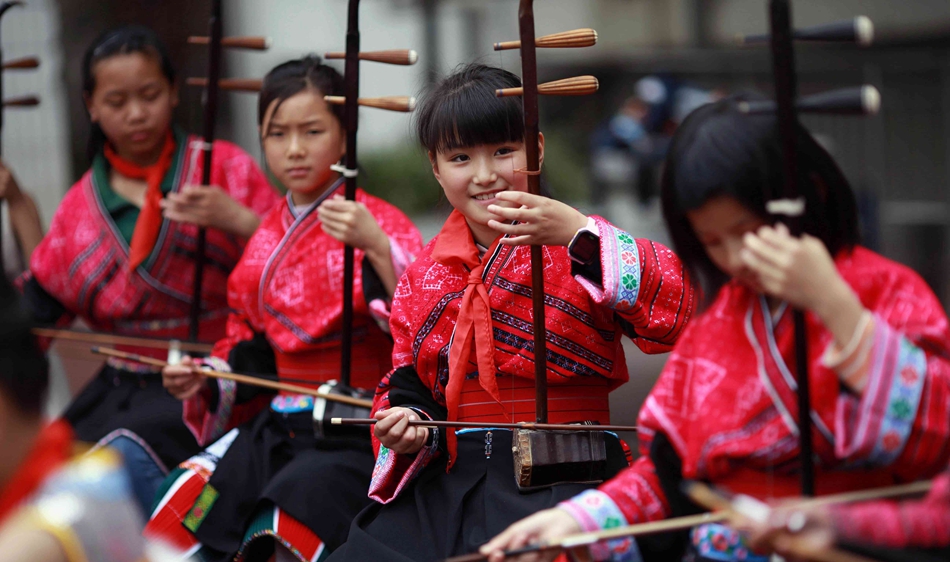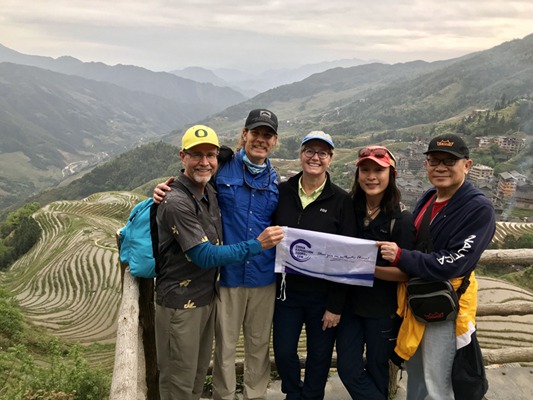Highlights
Itinerary
Arrive in Beijing in the afternoon. Meet your guide and transfer to your hotel in the heart of the city. Relax and then go to a welcome dinner. While getting seated, a pre-tour briefing about the following days will be arranged.
Stay overnight at Howard Johnson Paragon Hotel or similar hotel.
Meals included: Dinner
Rise up in the early morning and led by your guide to Tiananmen Square for the flag Rising Ceremony in front of the world-famous Chairman Mao’s Picture. Then go to see the [Forbidden City], the 400 years’ power center. Then visit a local home in the old Hutong, see some local life of local Beijing people. Have lunch with the local family. Enjoy more time in the old areas of Beijing to capture local people’s life. Finally, go to visit [Temple of Heaven] in the later afternoon when lights are perfect and less people. This is the place where the ancient emperors used to pray for the God's bless of the whole nation.
Stay overnight at Howard Johnson Paragon Hotel or similar hotel.
Meals included: Breakfast , Lunch , Dinner
In the morning, pay a visit to China’s animal ambassador, the [Giant Panda at Beijing Zoo]. Then off to the [Summer Palace], the largest imperial park in this country. After lunch, we will travel to [the Great Wall] at Gubeikou, 120 kilometers northeast of Beijing. The Great Wall at this section is the most untouched and original parts of the entire Walls. Built with slabs of stone, is crenellated on both sides with bricks. It is less visited, grand and majestic, characterized by watchtowers on overlapping mountain ranges. Check in to the hotel first, get well prepared and climb up to the Wall and have a hike on top of it. There will come the prime time and enjoy your shooting of this great ancient project.
Stay overnight in Great Wall Inn or similar hotel.
Meals included: Breakfast , Lunch , Dinner
Early rise up, drive to [Jinshanling Great Wall], another unrestored section of this ancient project, for a sunrise view on top of it. After a time of photo and morning breath on the wall, walk down to the bottom for breakfast. After breakfast, go to Beijing West Train Station for a high-speed train to Xi'an to witness the historical side of China. Upon arrival, transfer to the hotel. In the rest time of the day, we take a relaxing walk to the heart of the city to visit its fascinating local market at the Muslim quarter. Tour the lovely and unusual area with bustling stalls and enjoy some of the best street food in China!
Stay overnight in Titian Times Hotel or similar hotel.
Meals included: Breakfast , Lunch , Dinner
Today’s excursion will take us to modern China’s greatest archaeological discovery – the [Terra Cotta Warriors and Horses]. The extensive excavation, still in progress, has yielded over 6000 life-sized terra cotta warriors, each individually sculpted. Lunch at a local restaurant and see a noodle making demonstration. Later, you stop at a “Yao Dong” (Literally an arched tunnel, where we have a rare opportunity to witness a real rural life at a typical village in northwest China.) – a typical [cave dwellings] that stretches across six provinces in central north and northwest China. This evening, we attend a feast of culinary and cultural delights with a special [Dumpling banquet] followed by a fascinating [Tang Dynasty stage show]. Indulge yourself in this remarkable show and reinvent your China dream with a travel back in time to the world of China’s Golden Age, then come back to the present with a greater understanding of this amazing time.
Stay overnight in Titian Times Hotel or similar hotel.
Meals included: Breakfast , Lunch , Dinner
This morning, we tour the [Big Wild Goose Pagoda], a Tang Dynasty landmark which was built by the eminent monk Xuanzang in 652 A D, with a great importance in China's Buddhism history. In the afternoon, we fly to Guilin and indulge ourselves in China’s most amazing natural landscapes. Guilin is celebrated for its picturesque karst limestone pinnacles and meandering Li River. An old Chinese saying describes Guilin’s landscape as “the best scenery under heaven”. Its misty limestone peaks “rise as suddenly from the earth as trees in a forest and surrounding the city like mountains floating in an imaginary sea”.
Stay overnight in Guilin Bravo Hotel or similar hotel.
Meals included: Breakfast , Lunch , Dinner
In the morning tour the [Reed Flute Cave], Nature’s subterranean wonder filled with stalactites and stalagmites. Then transfer to Longji for the magnificent [Rice Terraces] and the Zhuang People’s life in this [Zhuang Village]. This part of the country encompasses China’s most famous scenic landscapes. We start an off-the-beaten-path hiking tour to Long Sheng’s spectacular Dragon Spine Rice Terraces. 2,000 feet peaks with remarkable step-like terraces for growing rice in the hilly areas of Southwest China.
Stay overnight in Ping’an Hotel or similar hotel.
Meals included: Breakfast , Lunch , Dinner
Have a walk around the village and see more. Then drive to visit [Huangluo Yao Village], which is a Yao village where we see longhair women and their beautiful handcrafts and houses. Drive to Xianggongshan which is an awesome landscape photography base near Yangshuo. Check in to the hotel and rest. Attend a photography class in Mr. Zhao’s studio, appreciate his works of Guilin landscape and prepare for the next shooting programs.
Stay overnight in Xianggongshan Villa or similar hotel.
Meals included: Breakfast , Lunch , Dinner
Get up early, walk uphill to the top of [Xianggongshan Hill to shoot the famous sunrise]. This must be one of the highlights of this China photo tour. Come back to the hotel for breakfast and rest. After rest, follow your guide to hike around. In the evening, go to [Li River at Xingping to shoot the famous cormorant fishing]. It is another highlight of this tour.
Stay overnight in Xianggongshan Villa or similar hotel.
Meals included: Breakfast , Lunch , Dinner
Fly to Shanghai in the morning. Upon arrival, we travel by motor-coach to Suzhou. Where we find numerous elegant gardens. In the afternoon, we visit the [Garden of the Master of Fishing Nets], and experience all of the elements of a classical Chinese garden. Dating to 1140, it is considered by many, the finest of all Suzhou’s gardens. It includes a central lake, discreet connecting corridors, pavilions with miniature courtyards, screens, delicate latticework, and above all, points which “frame a view”, as if looking at a perfectly balanced photograph.
Stay overnight in Grand Metropark Hotel or similar hotel.
Meals included: Breakfast , Lunch , Dinner
Travel by motor-coach or high-speed train back to Shanghai. Check in to hotel, and the afternoon time is particularly arranged free for you to explore this magnificent city on your own. After dinner, we take you for an evening walk along the waterfront promenade of the Bund. See the ships and barges on the Huangpu River, en route to the sea or going upstream to the interior of China. The modernistic Oriental Pearl TV tower and other skyscrapers loom in the background redefining the amazing skyline.
Stay overnight in Sunrise on the Bund Hotel or similar hotel.
Meals included: Breakfast , Lunch , Dinner
Today we go to futurist Pudong New Developing Area. Transformed from once fertile farmland, this new area is rapidly becoming the symbol of modern China with its clusters of shinning metal and glass skyscrapers of world class hotels, international financial institutions, and commercial centers towered above the Huangpu River. We rise up to the [Observation Deck of the Shanghai Center], the tallest building in China and the third tallest one in the world. From this height, you can enjoy a unique panoramic view of the Huangpu River, the Bund on the west, and several other skyscrapers like the Jin Mao Tower and the World Financial Center on the east bank. In the afternoon, we visit [People’s Square] and tour the famed [Shanghai Museum], a unique and inspiring piece of architecture. After dinner, we attend an unforgettable performance of the [Shanghai Acrobats]. After the performance, we drop you at the Xin Tian Di for a leisure night.
Stay overnight in Sunrise on the Bund Hotel or similar hotel.
Meals included: Breakfast , Lunch , Dinner
Have a free day to explore this metropolis on your own. Hopefully you will capture more great pictures of the city and the life here in this city.
Stay overnight in Sunrise on the Bund Hotel or similar hotel.
Meals included: Breakfast
Fly home today. Our China’s Best Treasures Photography Tour concludes with fruitful achievements and great memories.
Meals included: Breakfast
Pricing & Accommodation
-
 US Dollar
US Dollar -
 Euro
Euro -
 GB Pound
GB Pound -
 CA Dollar
CA Dollar -
 AU Dollar
AU Dollar -
 HK Dollars
HK Dollars -
 Renminbi
Renminbi
| Group Size | 4-6 persons | 7-9 persons | 10-12persons |
| Price Per Person | $2800 | $2600 | $2400 |
| Single Supplement | $700 | $700 | $700 |
One group leader free for a group of 4-9 guests
Two group leaders free for a group of 10-12 guests
Inclusions / Exclusions
Inclusions:
- Domestic flighte (Economic class) in China: Beijing-Xi'an, Xi'an-Guilin, Guilin-Shanghai.
- Local land transfer between airport, hotel and scenic spots while sightseeing in the itinerary by private air-conditioned van or bus with professional driver.
- Private professional English-speaking guide in each day.
- Entrance fees for the scenic spots, attractions and tour activities specified in square brackets in the itinerary.
- Meals specified in the intinerary are included (B=Breakfast,L=Lunch, S=Supper) Breakfast is usually a buffet served in the hotel.
- 4 and 5 star hotel accommodations (twin bed, 2 people sharing 1 room) with breakfast.
- Accommodation in the remote areas such as the Great Wall, the Rice Terraces and Xianggongshan Village are local small hotels with clean rooms,comfortable beds and English-speaking services
- Service Charge & Government Taxes
Exclusions:
- Round-trip international flights (Economic class) between US gateway city (SFO or JFK) and Beijing .
- Personal expenses of a purely personal nature such as optional activities or meals which are not included in the tour itinerary.
- Our tour package does not include Travel Insurance.It is highly recommended that you purchase Travel Insurance before your trip to China.
- Tips to the tour guide and driver.
Important Information
How to Pack up
We suggest that each person packs up one rollable suitcase with the weight under 20 kg/44lb. You will also need a day pack/bag to carry water, cameras and other electronics like iPods and mobile phones. Do not forget to bring your camera and other essential accessories such as a solid tripod and a good camera bag.
Checklist
It's only for reference and you may not need all of them. Choose from below according to the tour you pick up:
Passport (with photocopies)
Travel insurance (with photocopies)
Airline tickets (with photocopies)
USD cash and travelers checks
Credit or debit card (see personal spending money)
ChinaExpeditionTours vouchers and trip dossier
Any entry visas or vaccination certificates required
Day pack for daily personal items
Wet wipes / Moist towelettes
Alarm clock
Flashlight
Sun hat, Sun block, Sunglasses
Insect Repellent
Water bottle and Plastic mug for train journeys
Ear plugs for train journeys or light sleepers
Small towel and swim wear
Toiletries (biodegradable)
Sturdy walking shoes/Sport sandals
Money belt
Shorts for summer months (June – September)
Long pants
Shirts/T-shirts
Warm clothes for Nov-April. Fleece, Jacket, hat and gloves
Umbrella or waterproof jacket.
Cover for backpack or plastic bags to keep clothes dry.
Camera, film and memory chip
Reading/writing material
Binoculars
Pocketknife
First-aid kit (should contain lip salve, Aspirin, Band Aids, anti- histamine, Imodium or similar tablets for mild cases of diarrhea, re -hydration powder, extra prescription drugs you may be taking).
Local Dress
Generally speaking, the dress standard is more conservative in China than it is in western countries. Things also changes quickly, nowadays the young Chinese share the same hobbies with their western counterparts. When packing try to pick loose, lightweight, long clothing that will keep you cool in the usually hot and humid climate of summers. In predominately Buddhist and Muslim regions we ask that you dress respectfully and avoid very short shorts/skirts and singlets/tanktops when visiting temples or mosques or other holy sites.
Spending Money
Every traveler is different and therefore spending money requirements will vary. Some travelers may drink more than others while other travelers like to purchase more souvenirs than most. Please consider your own spending habits when it comes to allowing for drinks, shopping and tipping. Please also remember the following specific recommendations when planning your trip.
Money Exchange
As currency exchange rates in Asia fluctuate often we ask that you refer to internet for the recent exchange rates. There are many ATM machines that accept both Visa and MasterCard and other credit cards in most Chinese cities. We also recommend the use of cash and travelers checks in USD currency. Major credit cards are accepted in big shops but they may charge a 2-4% transaction fee. For the small shops and the street venders, they take cash (either Chinese Yuan or US dollar) only.
Meals
Eating is a big part of your traveling in China. Travelling with ChinaExpeditionTours you experience the vast array of wonderful food that is available out in the world. Generally breakfasts and lunches are included except dinners to give you the flexibility in deciding where, what and with whom to eat. Your group leader or local guide will be able to suggest favorite restaurants during your trip.
Emergency Fund
Please also make sure you have access to at least an additional USD200 (or equivalent) as an "emergency" fund, to be used when circumstances outside our control, necessitate a change to our planned route. This is a rare occurrence!
Tipping
It is customary to tip service providers in travel industry in Asia, at approximately 10%, depending on the service. Tipping is expected - though not compulsory - and shows an expression of satisfaction with the people who have assisted you on your tour. Although it may not be customary to you, it is of considerable significance to the people who will take care of you during your travels. Recommendations for tipping local guides would range from $6-$10 USD per person per day depending on the quality and length of the service, for driver, it could be half. If necessary, ask your tour leader or call your ChinaExpeditionTours tour advisor for specific recommendations based on the circumstances. If you have a tour leader for the whole tour, at the end of the trip if you felt he/she did an outstanding job, tipping is appreciated. The amount is entirely a personal preference. However as a guideline $6-10 USD per person, per day can be used.
Local Flights
All local flights are included in the cost of your tour unless otherwise noted. It is important that we have your passport information at the time of booking in order to process these tickets. Internal flight tickets are all e-tickets. They are issued locally and You will be given the information of them prior to the flight departure.
Laundry
Generally laundry facilities are offered by our hotels for a charge. You also can go to a laundry service center near your hotel to have your clothing washed at a lower cost. There will be times when you may want to or have to do your own laundry so we suggest you bring non-polluting/biodegradable soap.
Safety and Security
We strongly recommend the use of a neck wallet or money belt while travelling, for the safe keeping of your passport, air tickets, travelers' checks, cash and other valuable items. Many of the hotels cooperate with have safety deposit boxes which are the most secure way of storing your valuables. A lock is recommended for securing your luggage.
Many national governments provide a regularly updated advice service on safety issues involved with international travel. We recommend that you check your government's advice for their latest travel information before departure. When travelling on a trip, please note that your group leader or local guides has the authority to amend or cancel any part of the trip itinerary if it is deemed necessary due to safety concerns. Your leader or local guides will accompany you on all included activities. During your trip you will have some free time to pursue your own interests, relax and take it easy or explore at your leisure. While your group leader or local guides will assist you with options available in a given location please note that any optional activities you undertake are not part of your itinerary, and we offer no representations about the safety of the activity or the standard of the operators running them. Please use your own good judgment when selecting an activity in your free time.
A Couple of Rules
Illegal drugs will not be tolerated on any trips. Possessing or using drugs not only contravenes the laws of China but also puts the rest of the group at risk. Smoking marijuana and opium is not acceptable for ChinaExpeditionTours travelers. Our philosophy of travel is one of respect towards everyone we encounter, and in particular the local people who make the world the special place it is. Use of illegal drugs is completely contrary to this philosophy and local law. Our group leader or local guides has the right to expel any member of the group if drugs are found in their possession or used.
Health
If you want to fully enjoy your trip abroad, a good health and confidence in physical strength are important. This trip may contain a fair amount of walking up and down steps in towns or climbing mountains. You should consult your doctor for up-to-date medical travel information well before departure. We recommend that you carry a First Aid kit as well as any personal medical requirements. Please be aware that sometimes we are in remote areas and away from medical facilities, and for legal reasons our leaders or local guides are prohibited from administering any type of drug including headache tablets, antibiotics, etc. In China pharmacies tend to stock the same western drugs as you get at home but they are usually produced locally so please bring the full drug name with you when trying to purchase a prescription drug. When selecting a tour please carefully read the itinerary and assess your ability to cope with our style of travel. Please refer to the Physical and Culture Shock ratings in this dossier for trip specific information. For travelers over 70 years a completed Medical Form is highly suggested to bring forth. ChinaExpeditionTours reserves the right to exclude any traveler from all or part of a trip without refund if in the reasonable opinion of our group leader or local guides they are unable to complete the itinerary without undue risk to themselves and/or the rest of the group.
Mountain Sickness
What the visitors to Tibet are concerned about is the mountain sickness. On highland, the air is thin and the air contains less oxygen. If the elevation increases quickly, you will find uncomfortable, such as taking airplanes or buses to Tibet. With mountain sickness, you will feel headache, dizzy, heavy breathing, tired and insomnia. Those with heart diseases or high blood pressure should be more careful.
Buying a Bottle of Oxygen in Case
Lack of oxygen is the main reason for mountain sickness. In many places in Tibet you can buy oxygen in bottles. You can buy one or two bottles in case. With an oxygen-taking mask, they cost 20 Yuan.
Medical Form
It is very important you are aware that, as a minimum, an "average level of fitness and mobility" is required to undertake our easiest programs. Travelers must be able to walk without the aid of another person, climb 3-4 flights of stairs, step on and off small boats, and carry their own bags at a minimum. Travelers over the age of 70, or travelers with a pre-existing medical condition, are required to complete a short medical questionnaire, which must be signed by their physician. This is to ensure that senior travelers have the necessary fitness and mobility to comfortably complete their chosen trip. While our leaders or local guides work hard to ensure that all our travelers are catered for equally, it is not their responsibility to help individuals who cannot complete the day's activities unaided.
Travel Insurance
Travel insurance is compulsory in order to participate on any of our trips. You must have comprehensive travel insurance that covers you for medical costs associated with hospitalization, emergency travel and repatriation back to your home country. Please take your insurance policy with you when you travel. You may take other cover, of course, but we require you to be adequately insured before we can allow you to participate in our programs. Your ChinaExpeditionTours leader or local guides will need to see and record your policy details at the pre-tour briefing at the starting city, so please bring a copy along to the meeting. If you arrive without travel insurance your tour leader or local guide will require you to purchase a policy before you continue your journey with us.
If you are covered by a policy arranged through your credit card company you will be asked to provide evidence of this cover, as well as a 24-hour emergency contact number. Many credit card companies do not provide an insurance policy number. In this instance, the tour leader or local guides will need to record your credit card number, as this is required to activate any request for emergency assistance. You should also bring along the travel insurance information booklet provided by your credit card company. It is your responsibility to ensure that you meet the requirements set out by your credit card company in order to be effectively covered and that the cover offered is of a suitable standard.
Passport & Visas
Well before travelling, please ensure that you have a current passport, with an accurate photo, that is valid for at least six months after your scheduled return home. Also check that your airline tickets are in exactly the same name as your passport.
Please note that visas for China and Hong Kong are the responsibility of the individual traveler. The visa requirements for your trip vary depending on where you are from and where you are going. Americans, British, Canadians, Australians and New Zealanders do currently require a visa for China. For all other nationalities please reconfirm your visa requirements with your government. For the most up to date information please check your governments' foreign ministry website. It is important that you check for yourself. For most travelers there will probably have an embassy and consulate in the country that you live in. Please note if you are travelling from China, into Hong Kong then back into China, you will need a double entry Chinese visa. Note that on some occasions people transiting through China on way to Hong Kong have been made to go through immigration and had their single entry visa stamped making this invalid. Do not allow your visa to be stamped if you are only going through transit.
Keeping in Touch
If you need to be contacted while travelling we recommend that you set up an email address that can be accessed on the road, rather than relying on postal mail. Email cafes are becoming increasingly commonplace and cheap throughout the country, and have quickly become the preferred way for our leaders and travelers to stay in touch. If someone wishes to contact you in an emergency while you are on one of our trips we recommend that they contact us so we can get into touch with your tour leader or local guide quickly by their cell phone and they can pass their cell phone to you! We recommend that family and friends don't try to contact you through phoning hotels en route, as our hotels are subject to change.
Feedback
After your travels, we want to hear from you! Your feedback information is so important to us and we'll record you and give you ChinaExpeditionTours travel points so you can use the points to get discount for your next ChinaExpeditionTours trip or your friends' ChinaExpeditionTours tours.


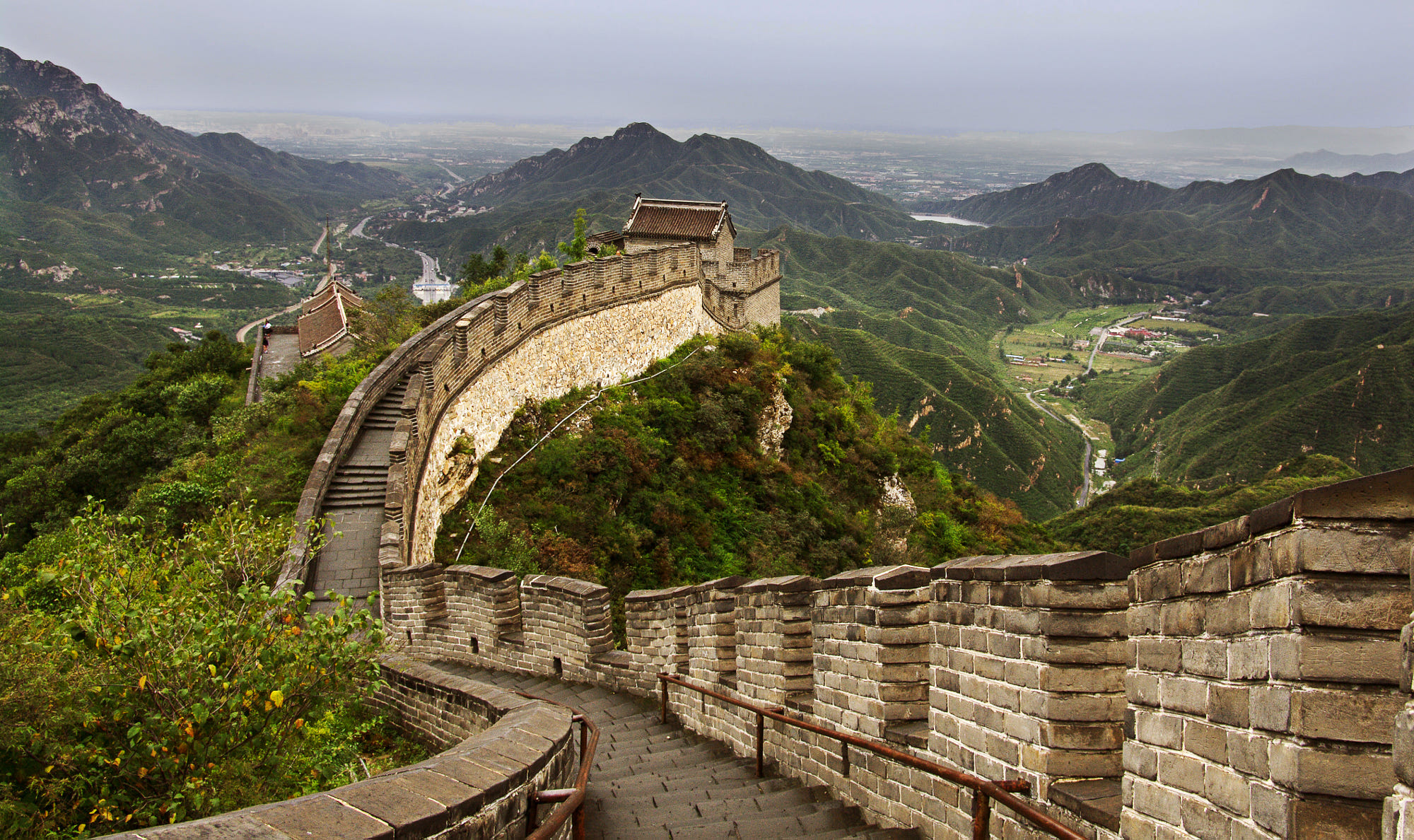
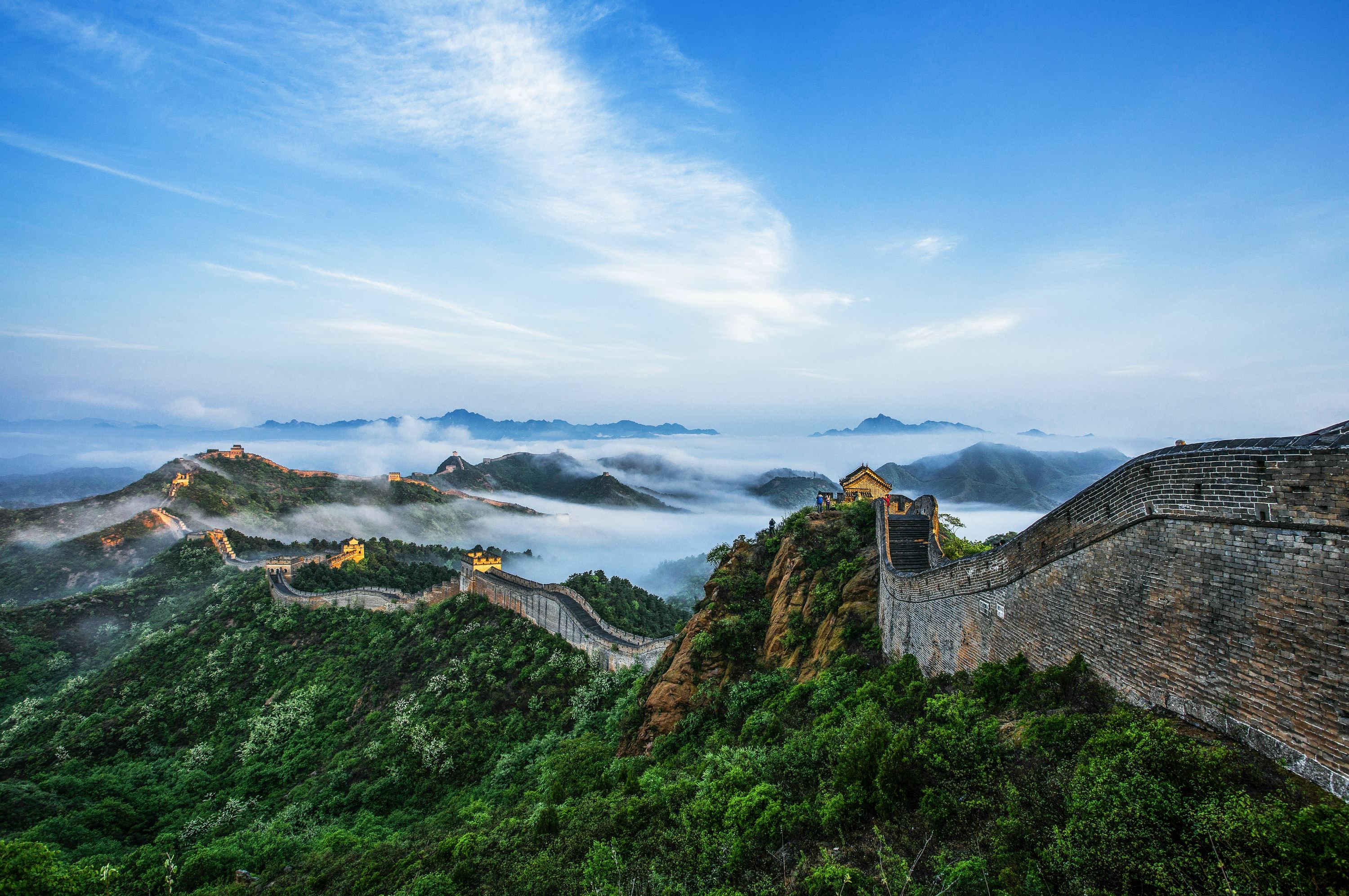
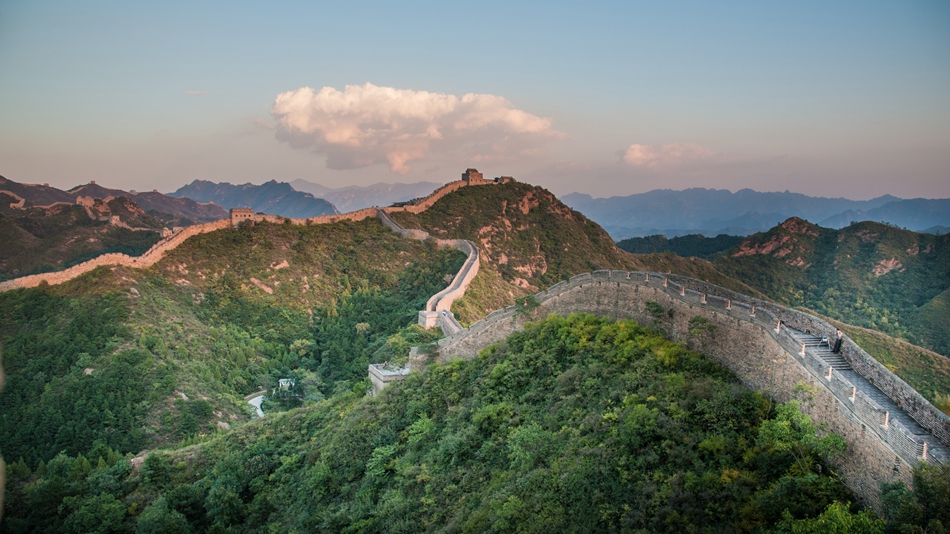
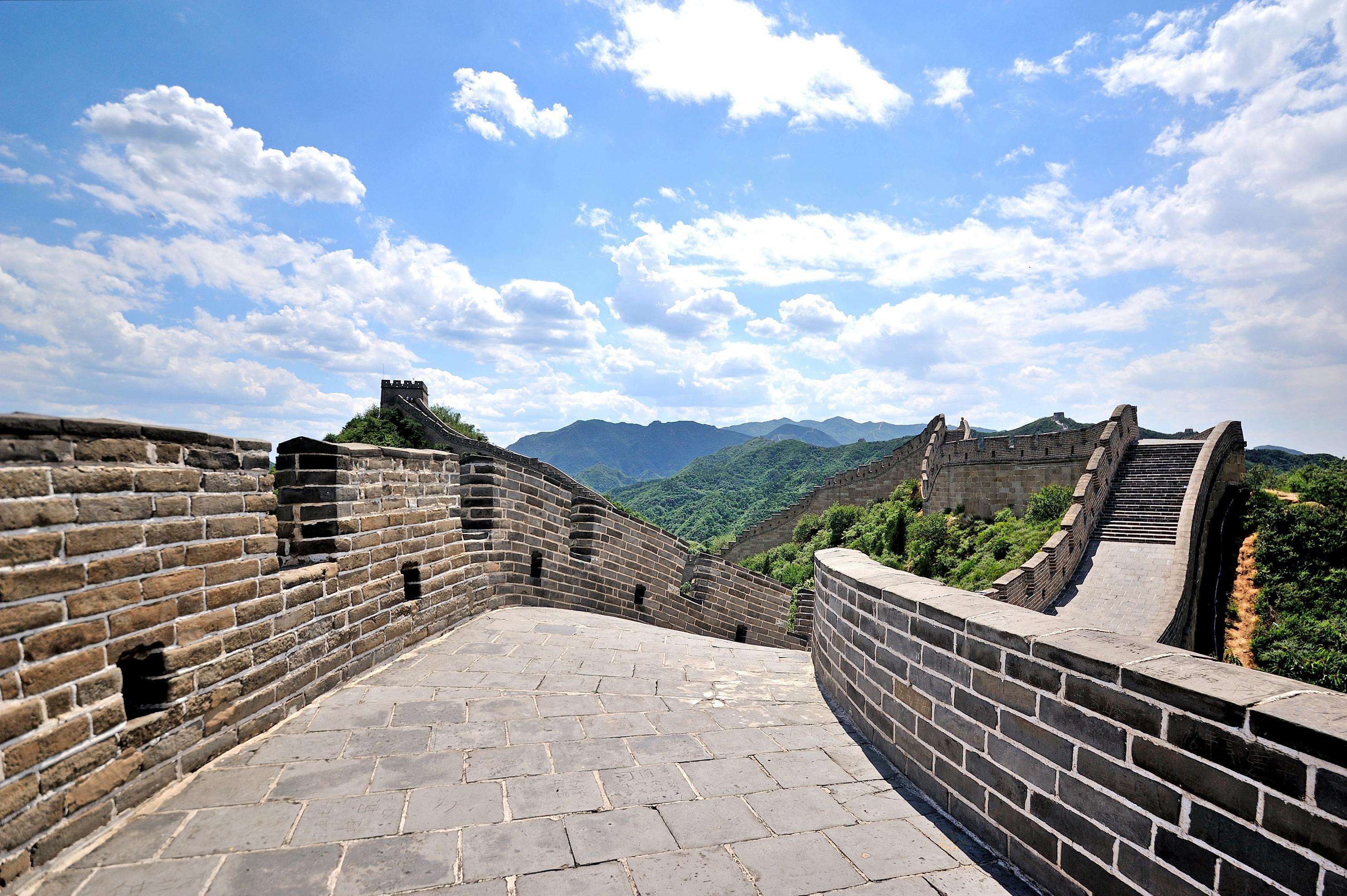

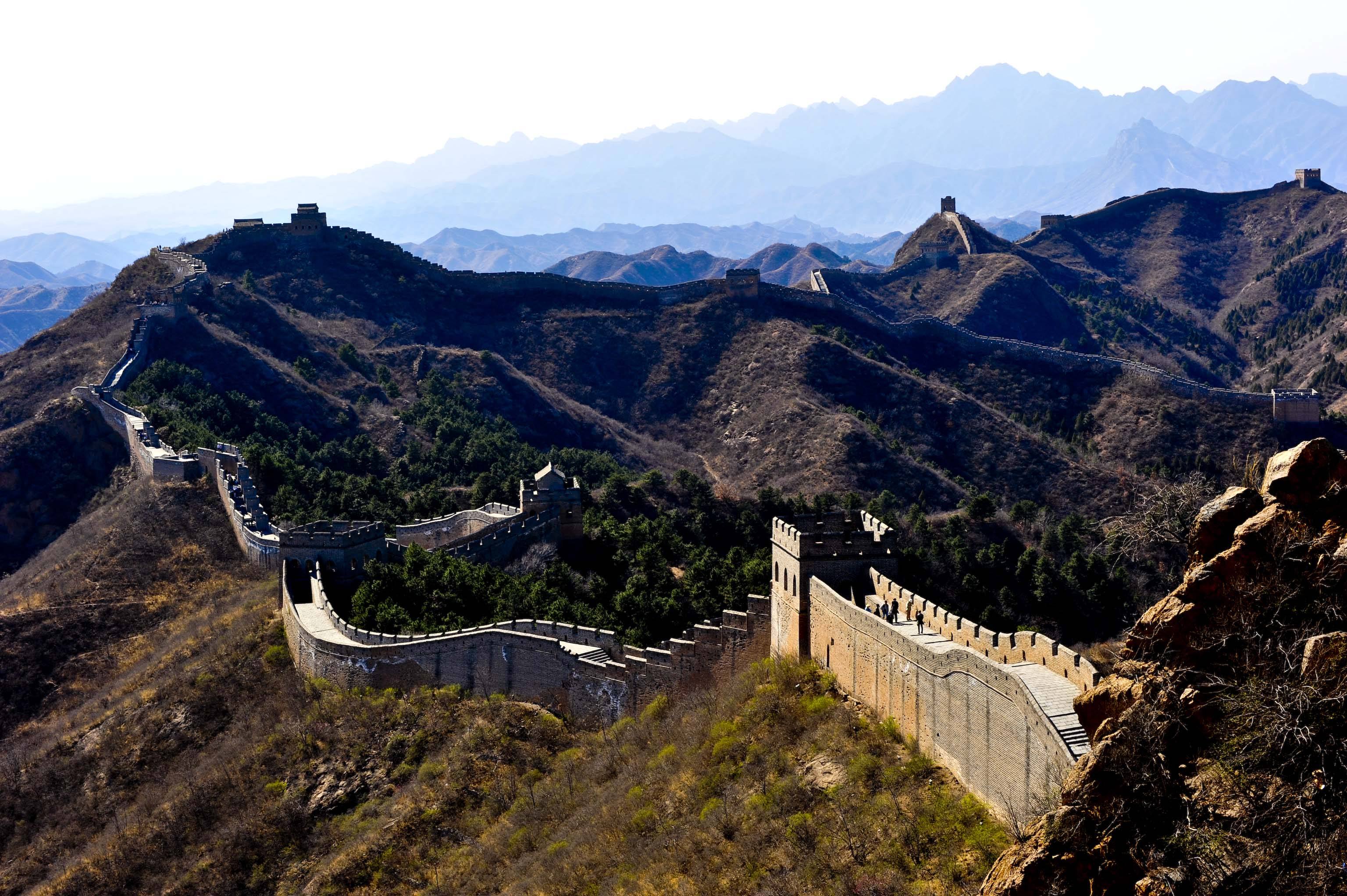
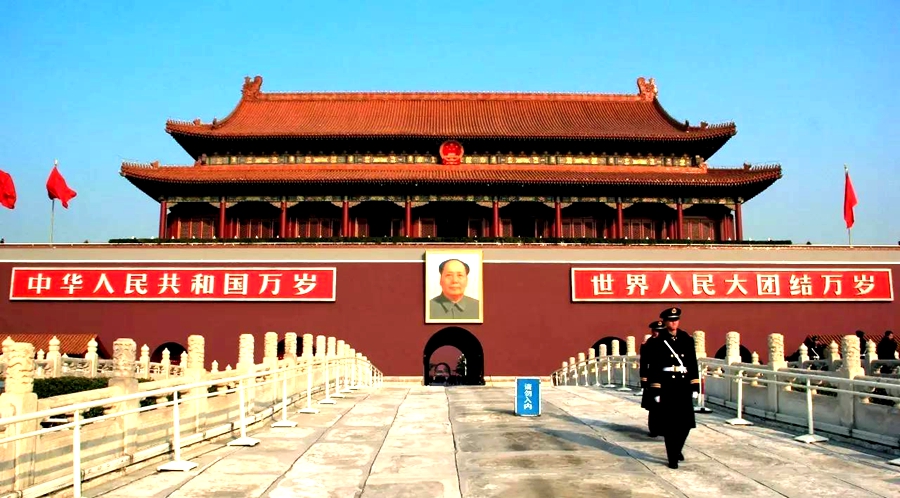
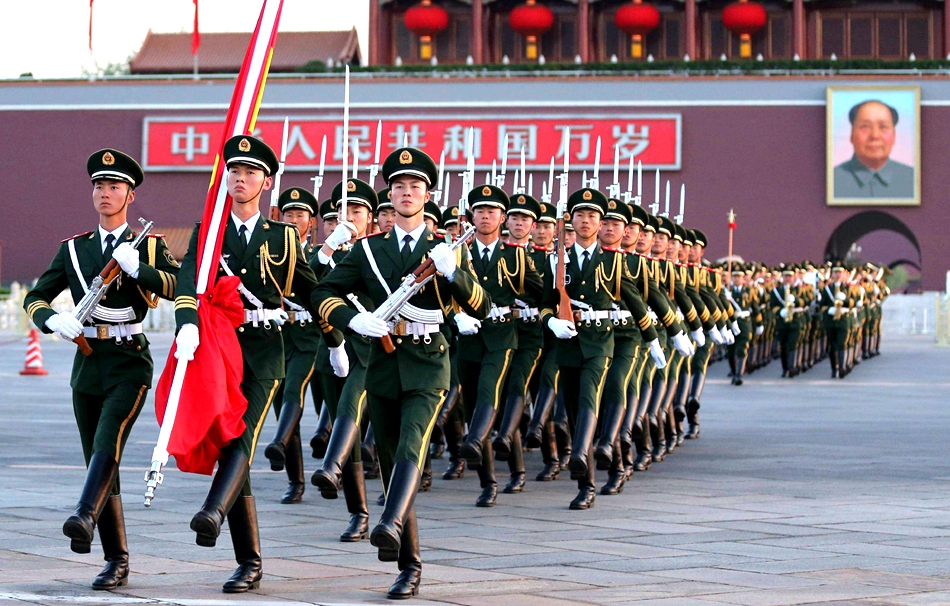

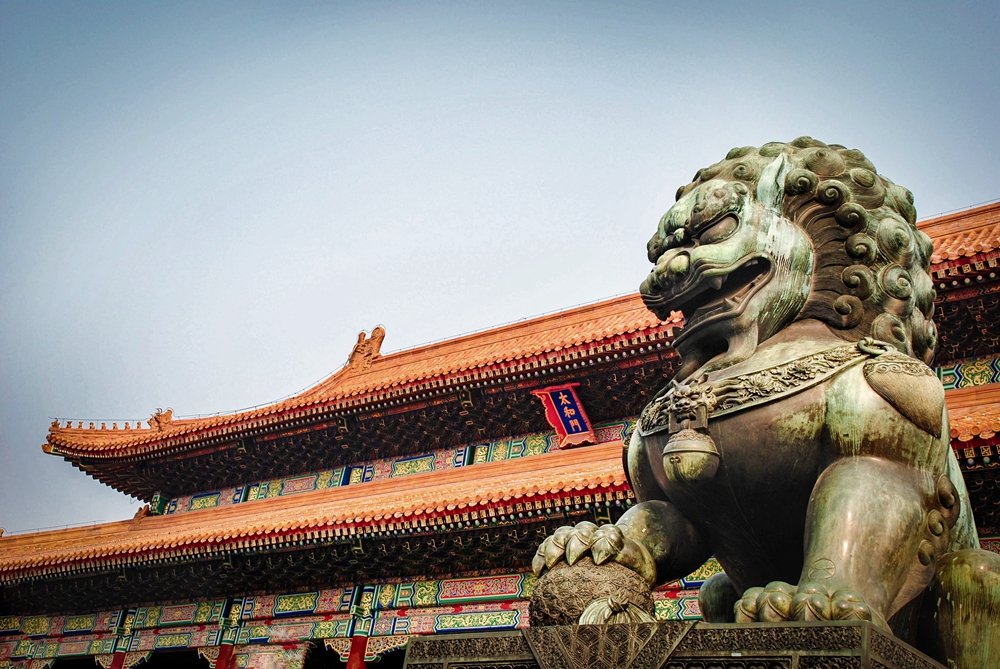 The Construction of the magnificent palace started in 1406, and ended in 1420. It took 14 years to complete the project. One year after completion, Emperor Yongle moved his capital from Nanjing to Beijing. Since then, 24 emperors have lived at the Forbidden City, 14 during the Ming Dynasty and 10 during the Qing Dynasty.
The Construction of the magnificent palace started in 1406, and ended in 1420. It took 14 years to complete the project. One year after completion, Emperor Yongle moved his capital from Nanjing to Beijing. Since then, 24 emperors have lived at the Forbidden City, 14 during the Ming Dynasty and 10 during the Qing Dynasty.